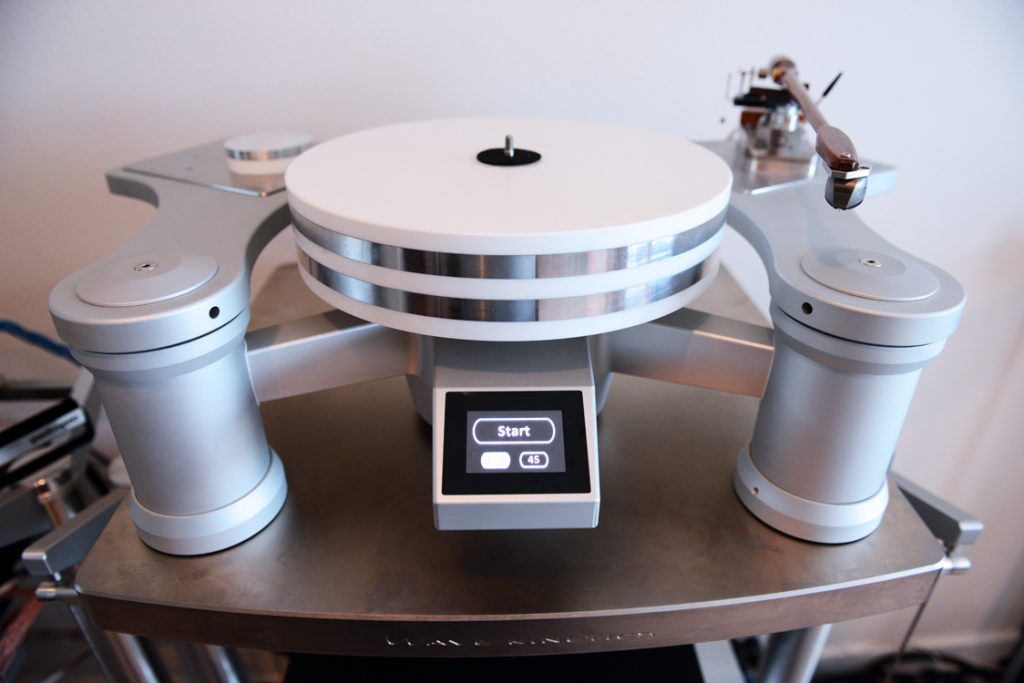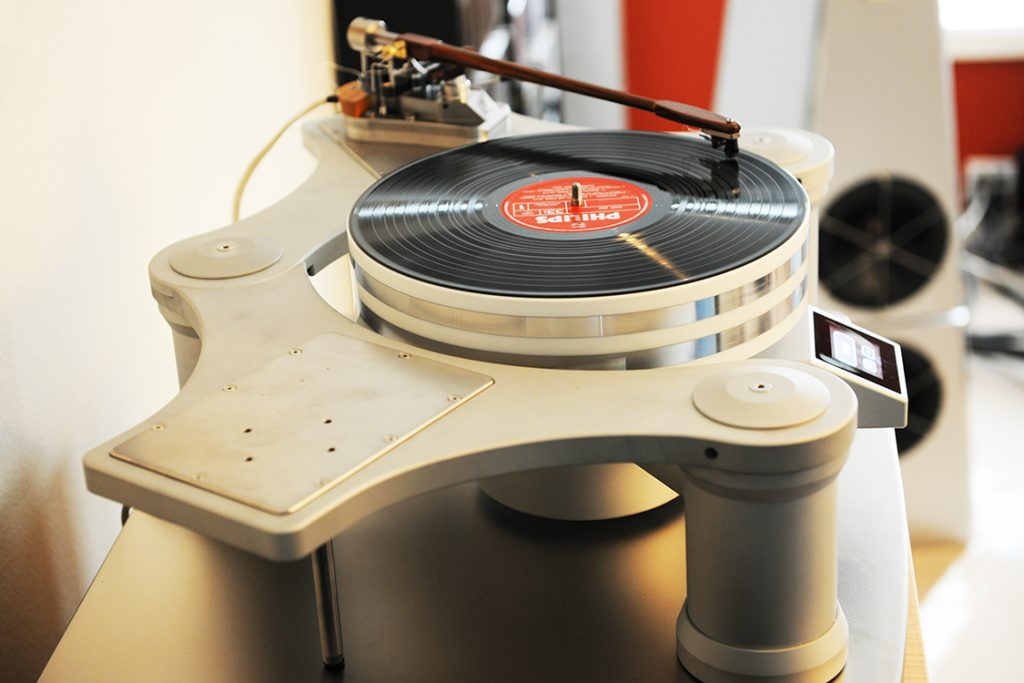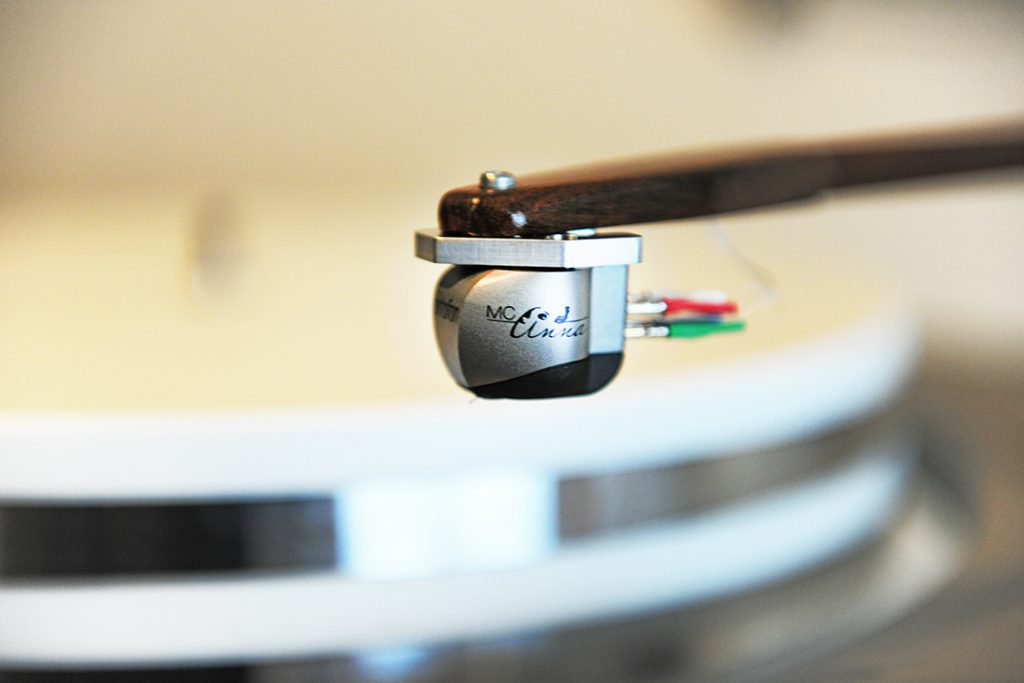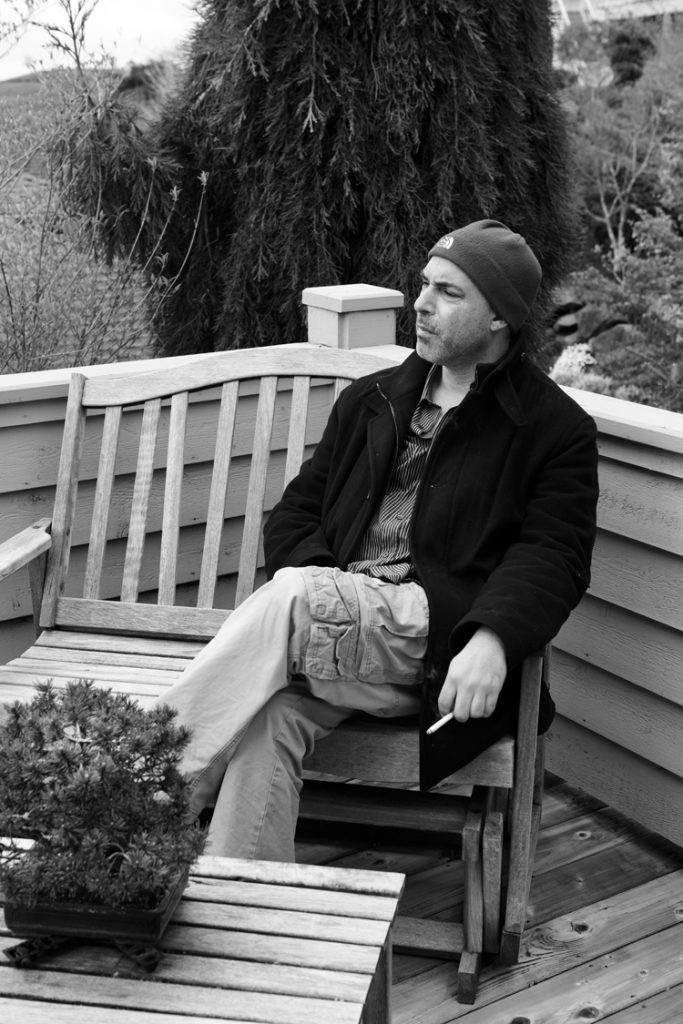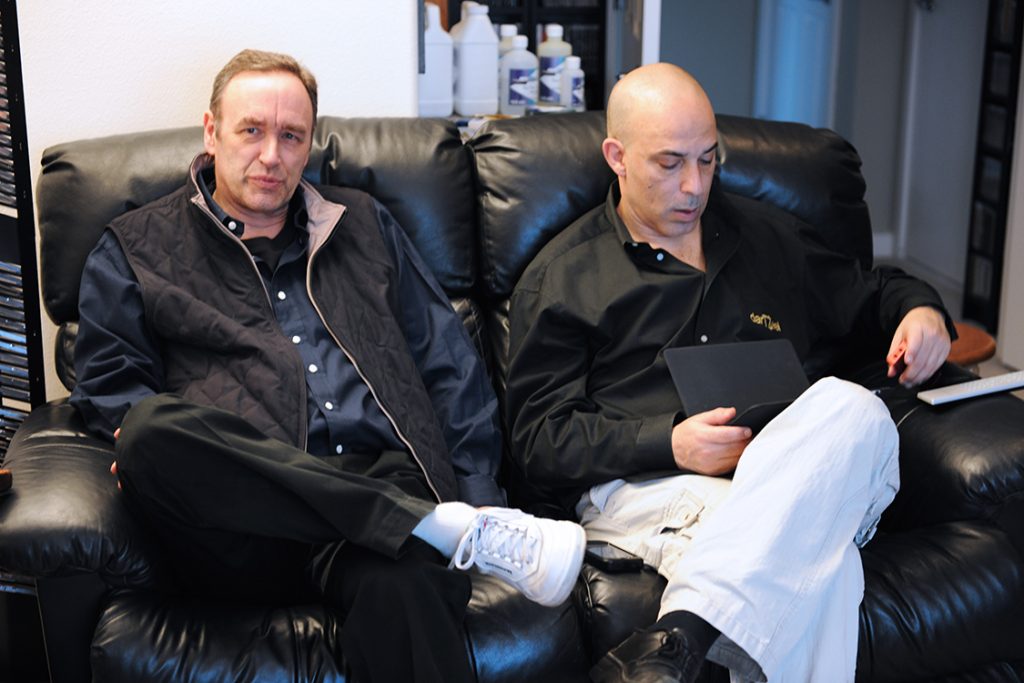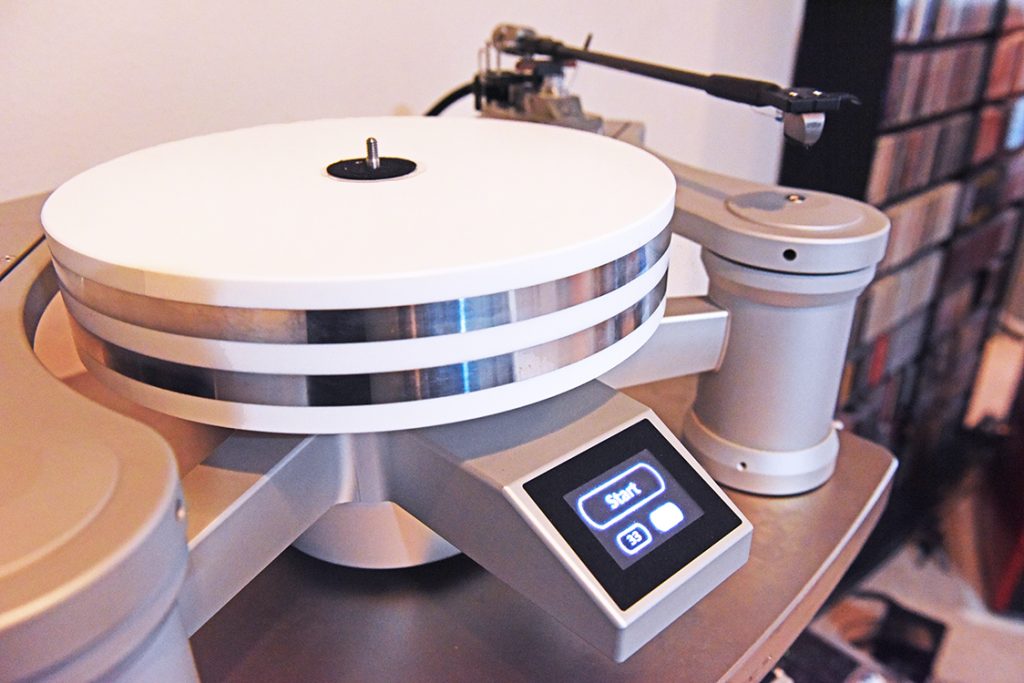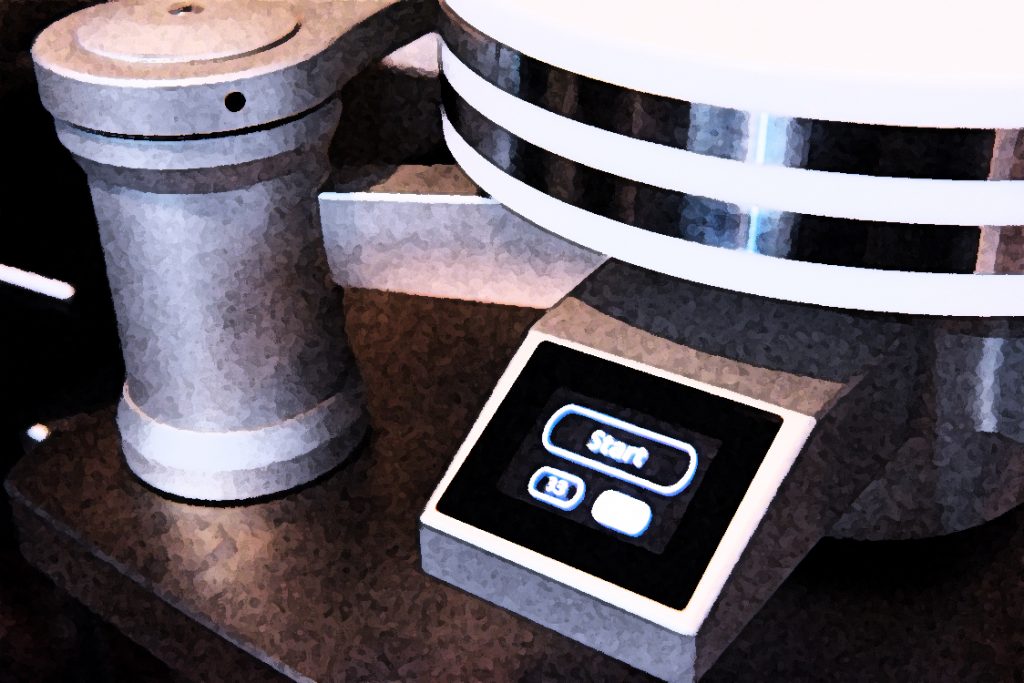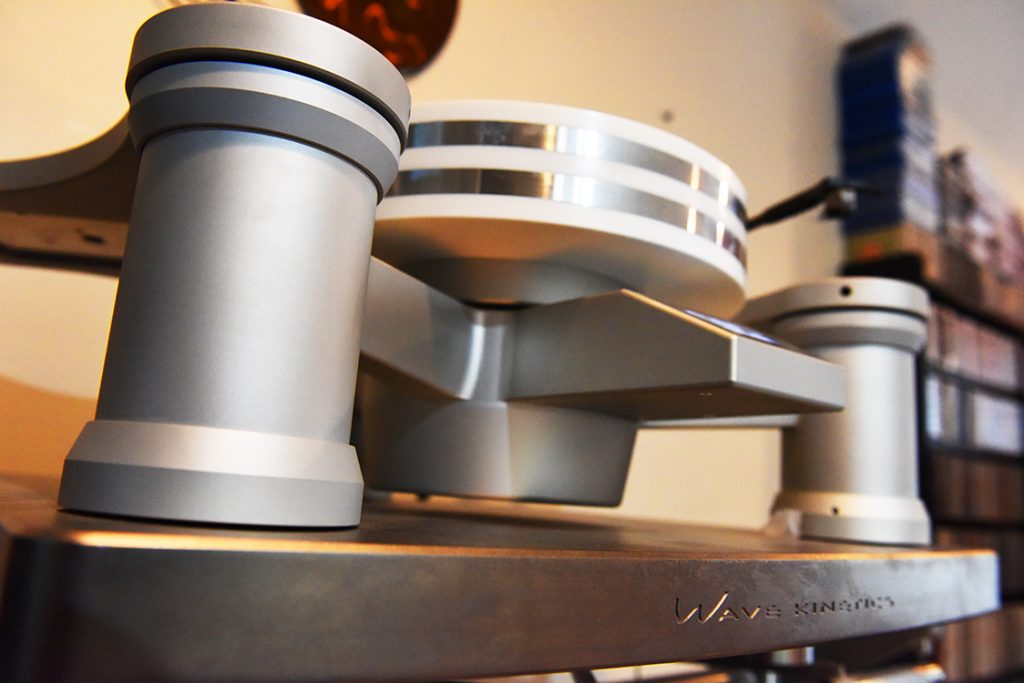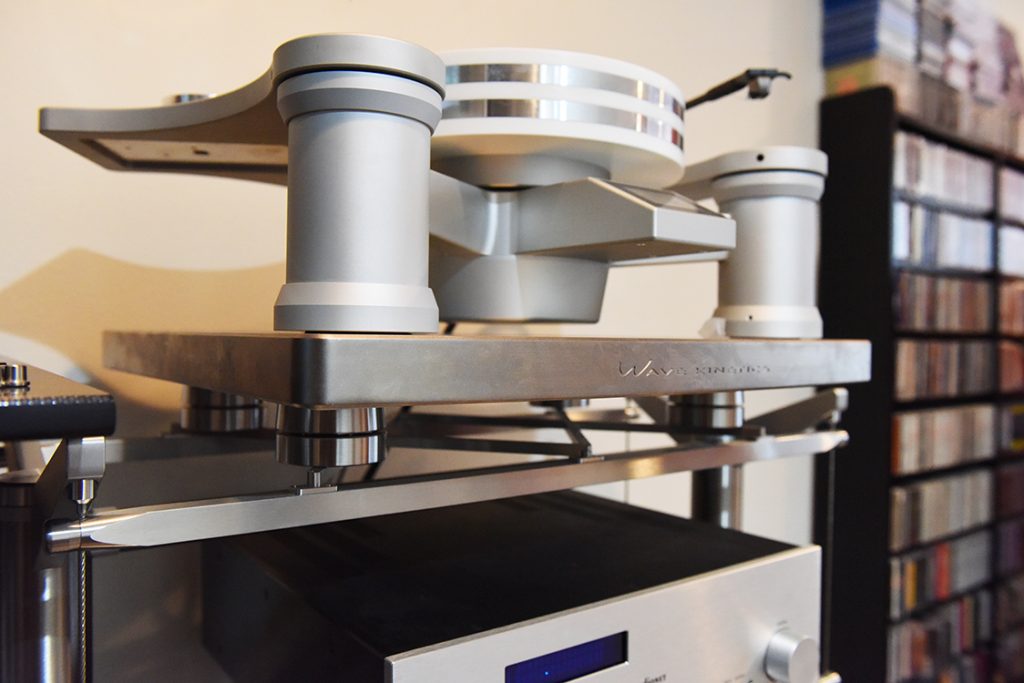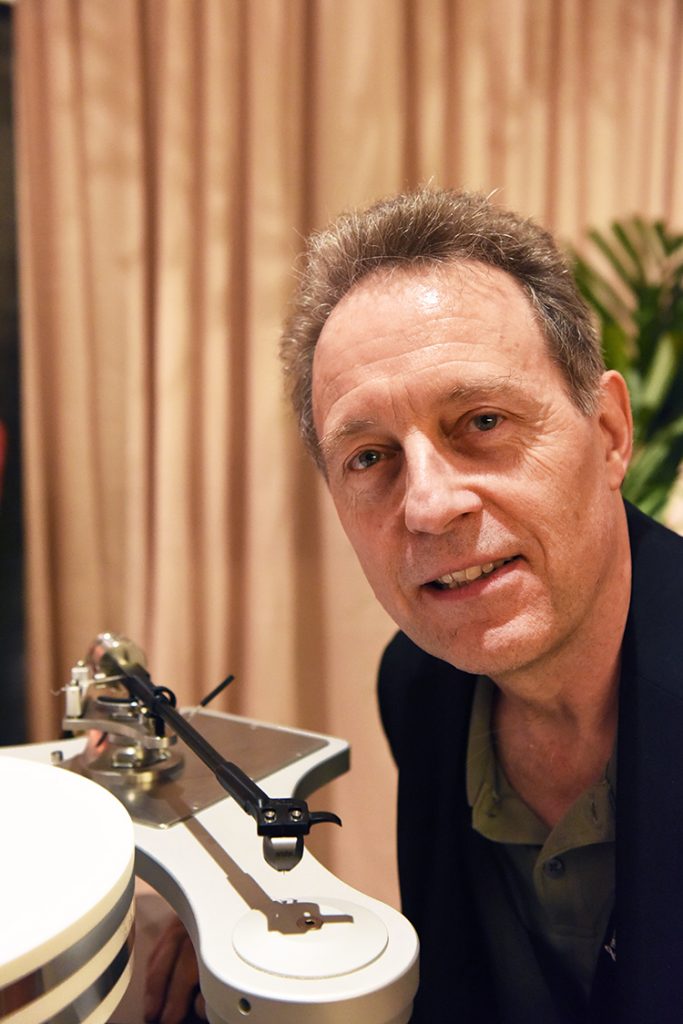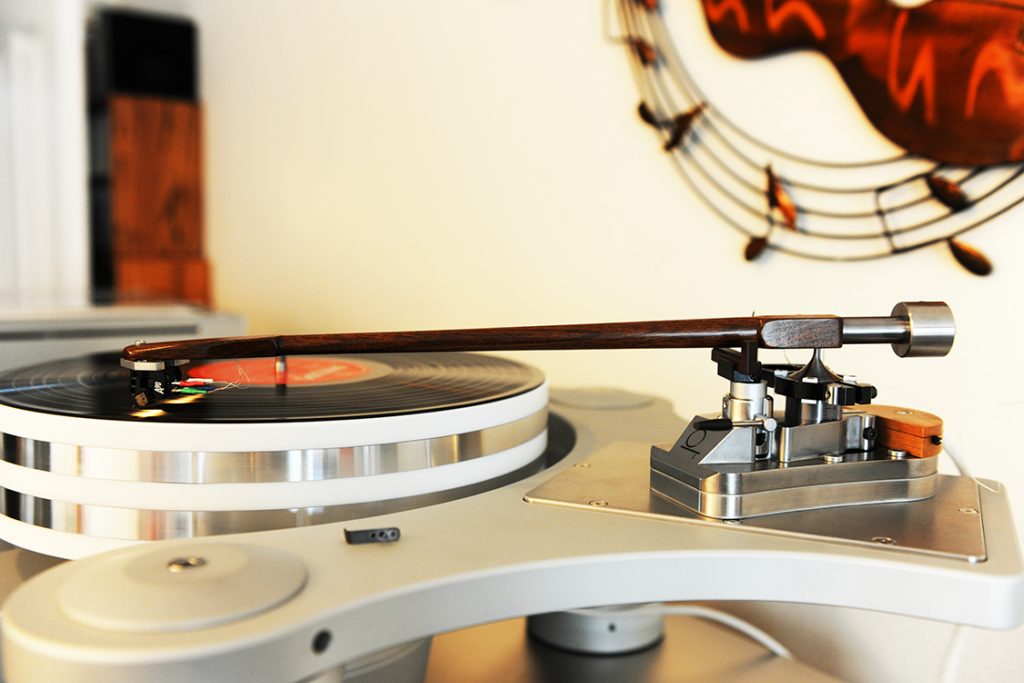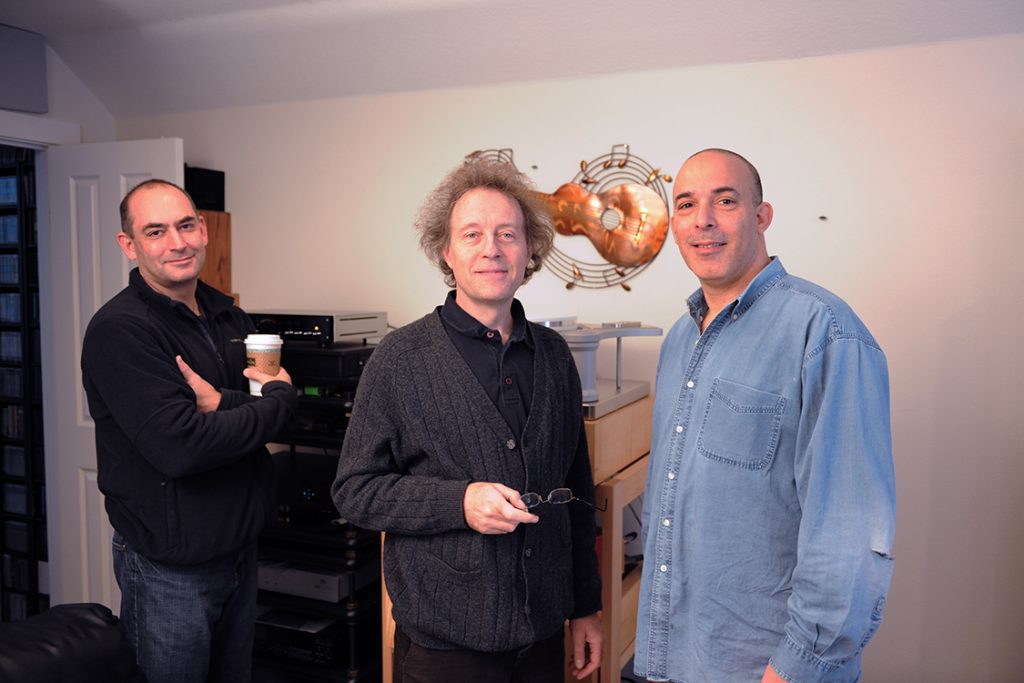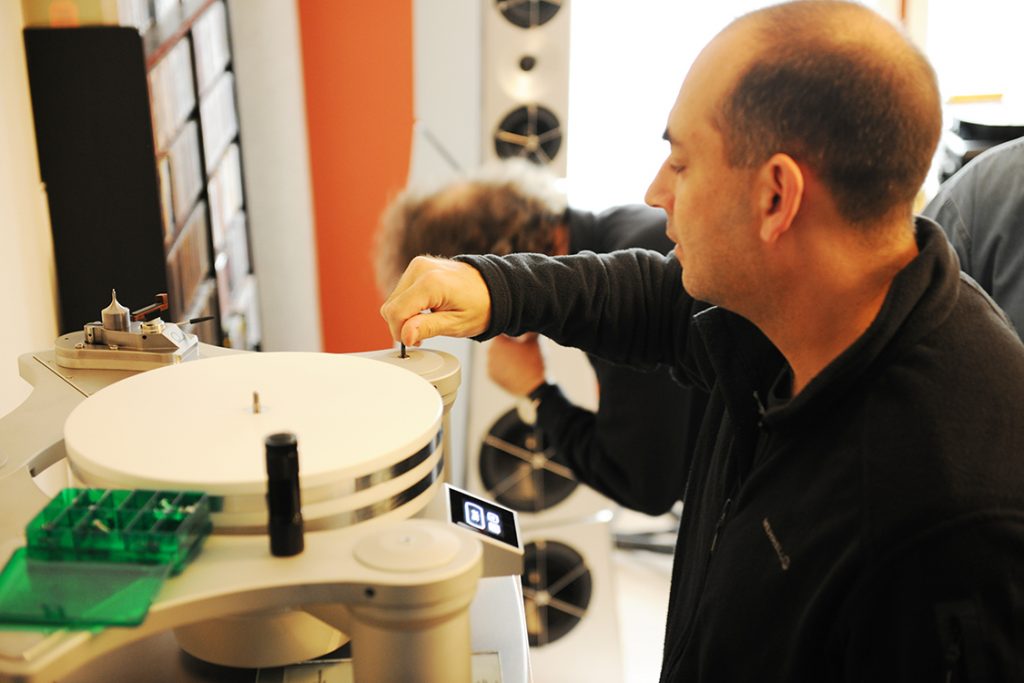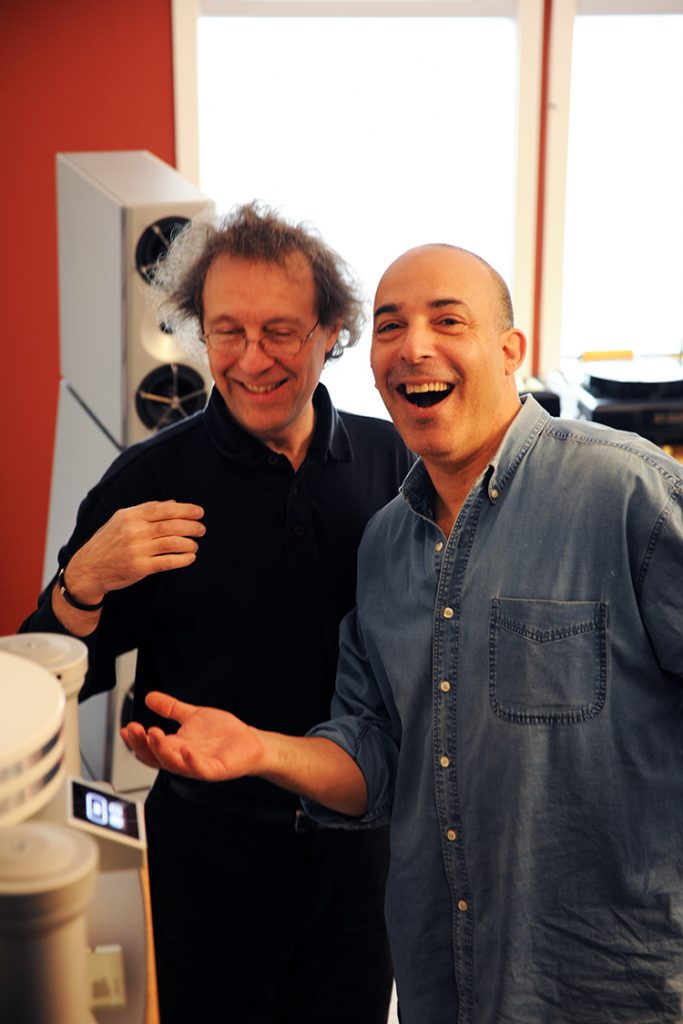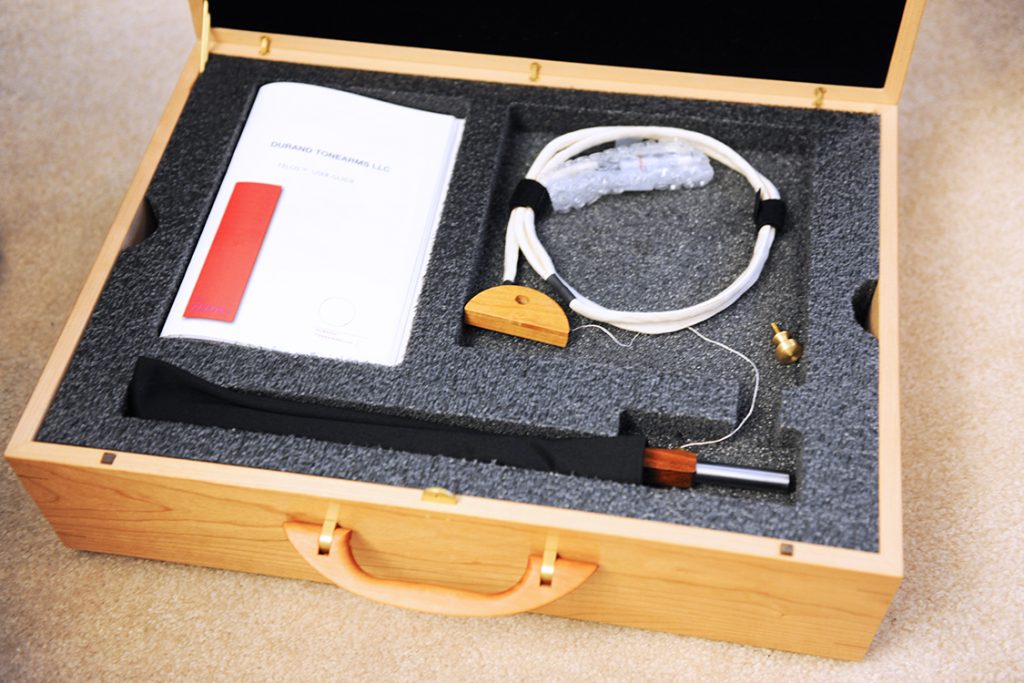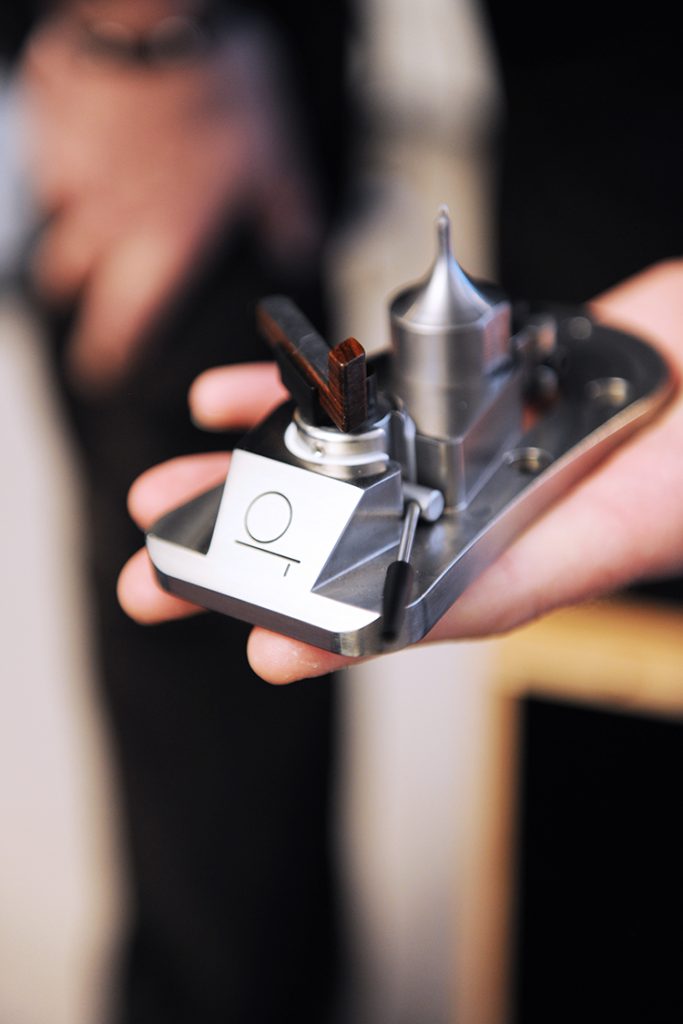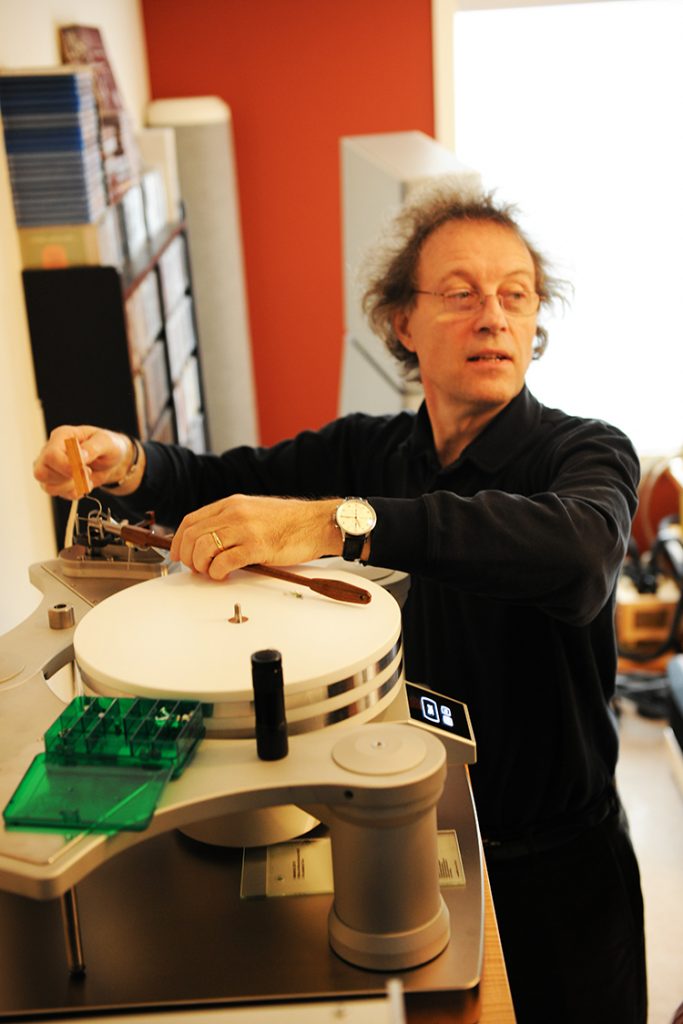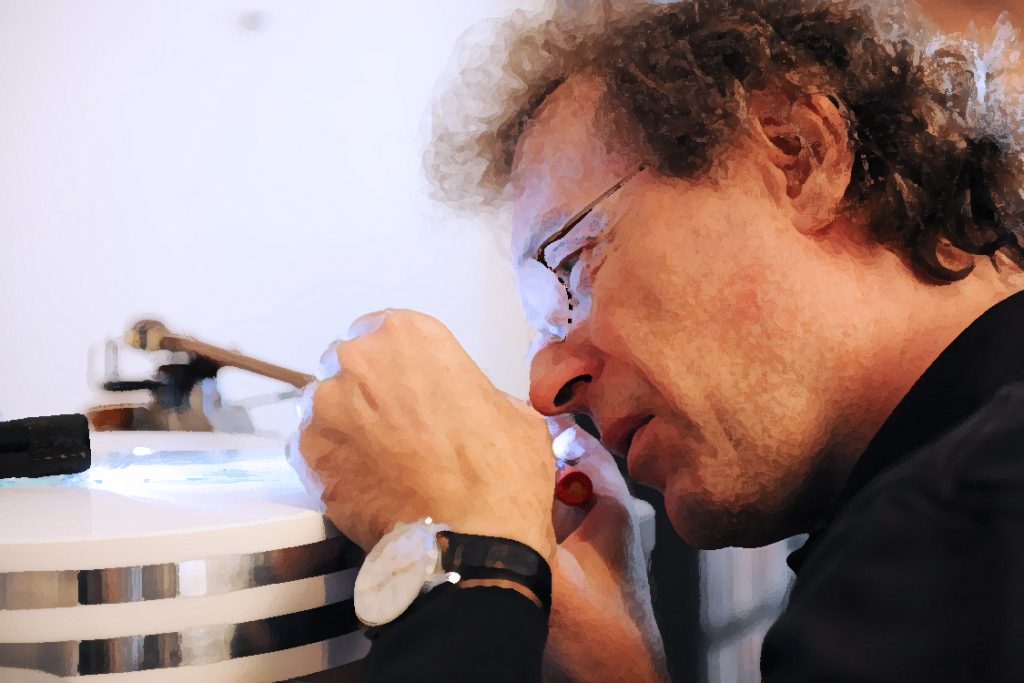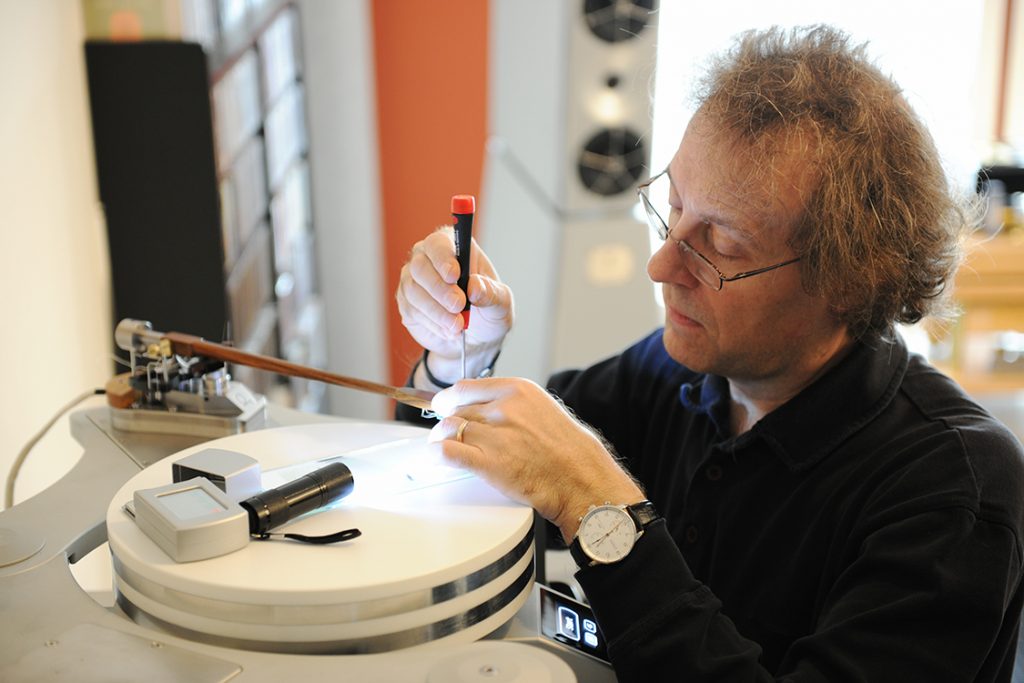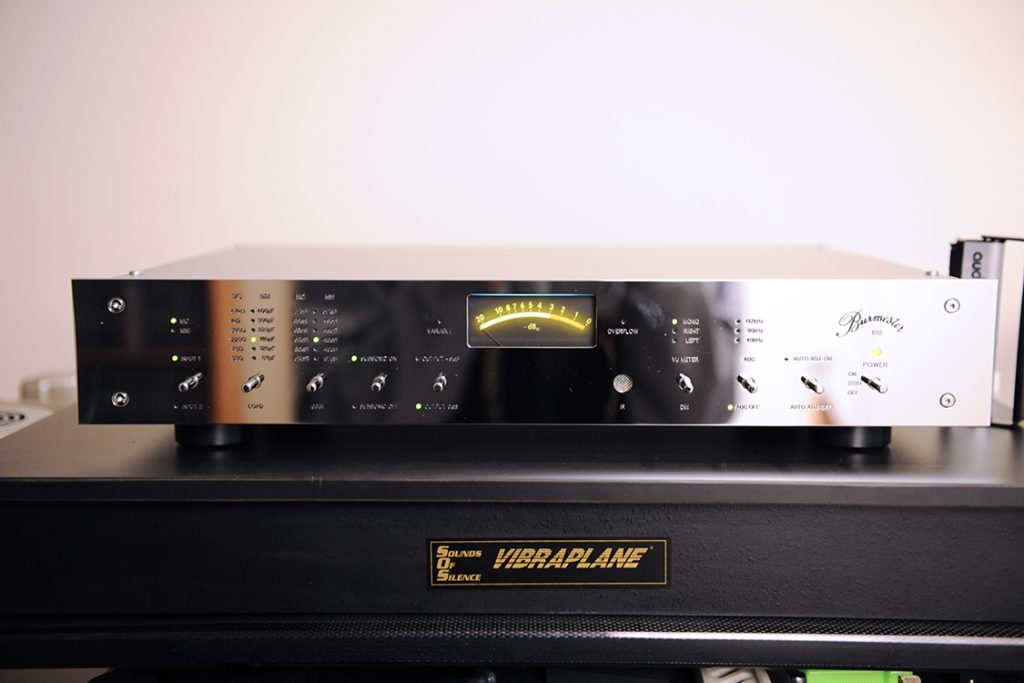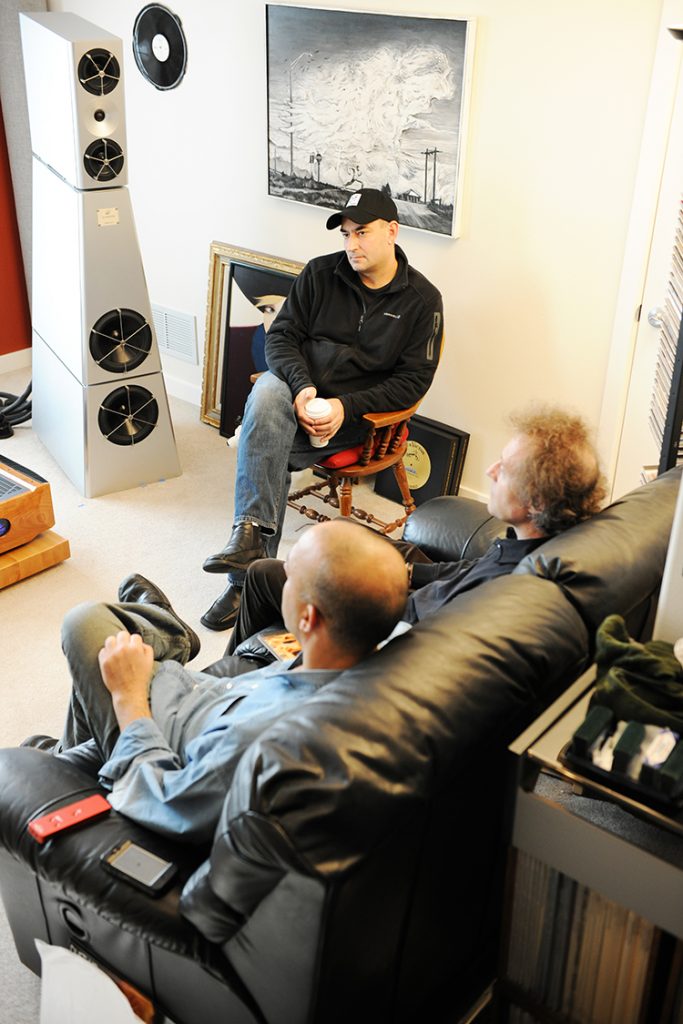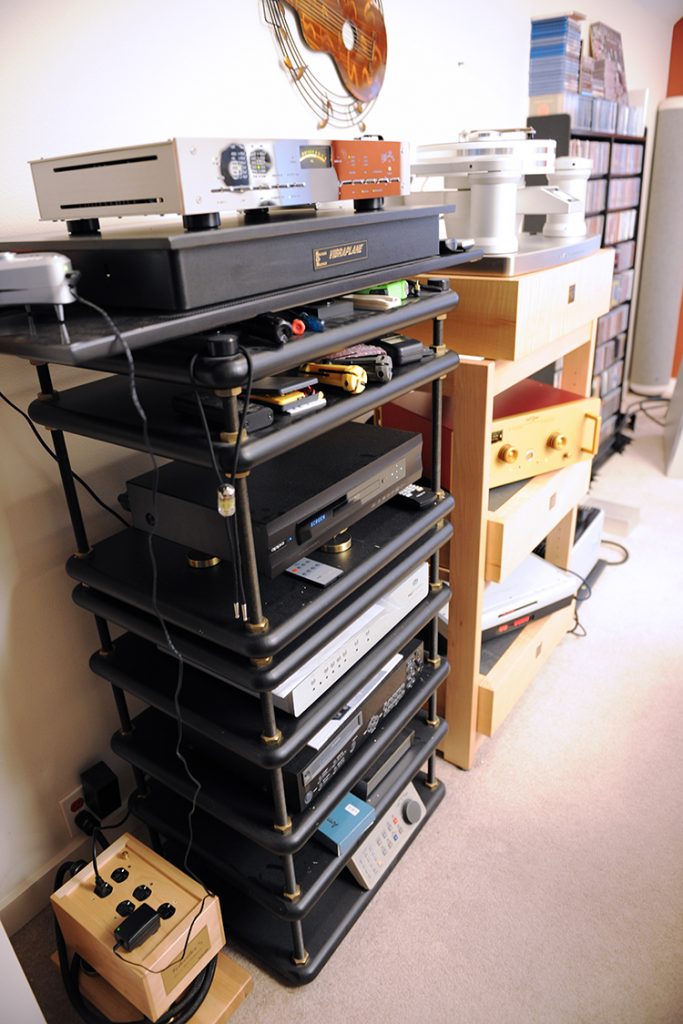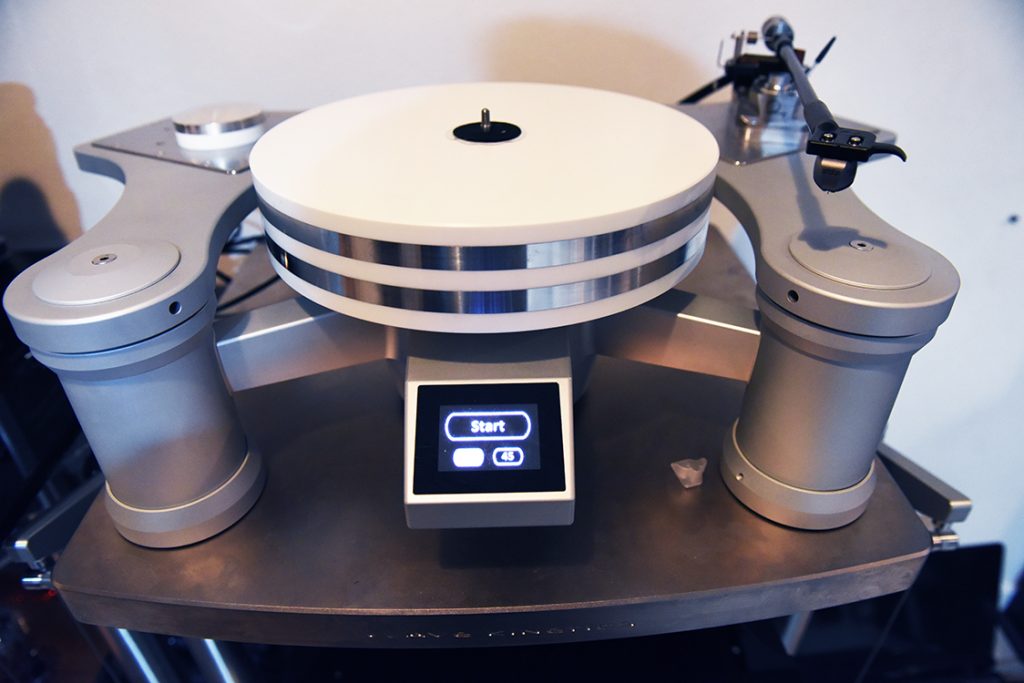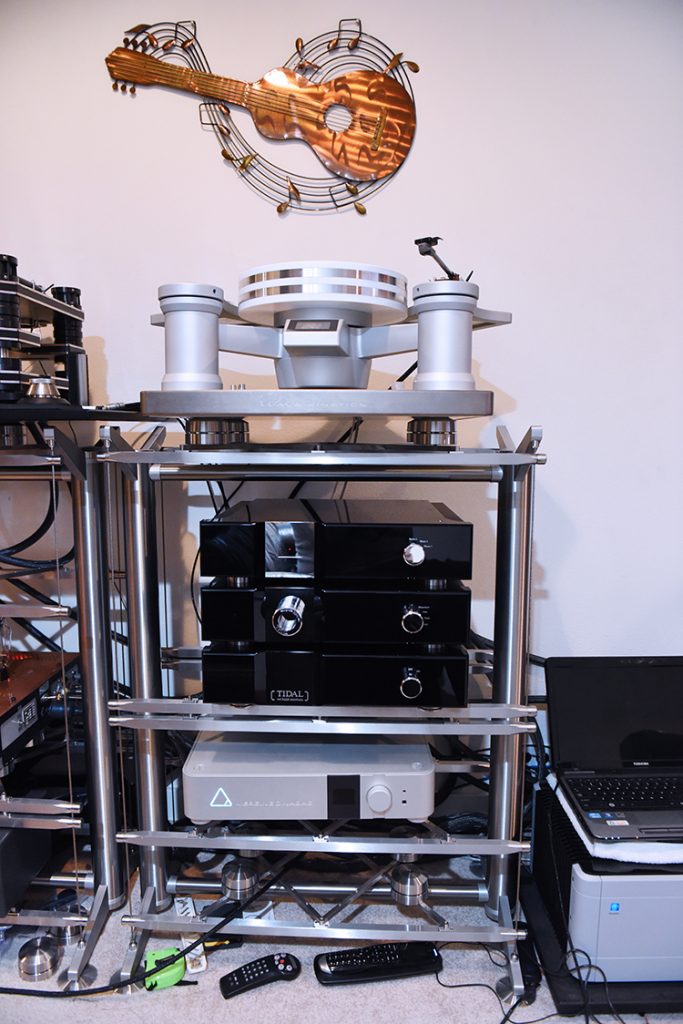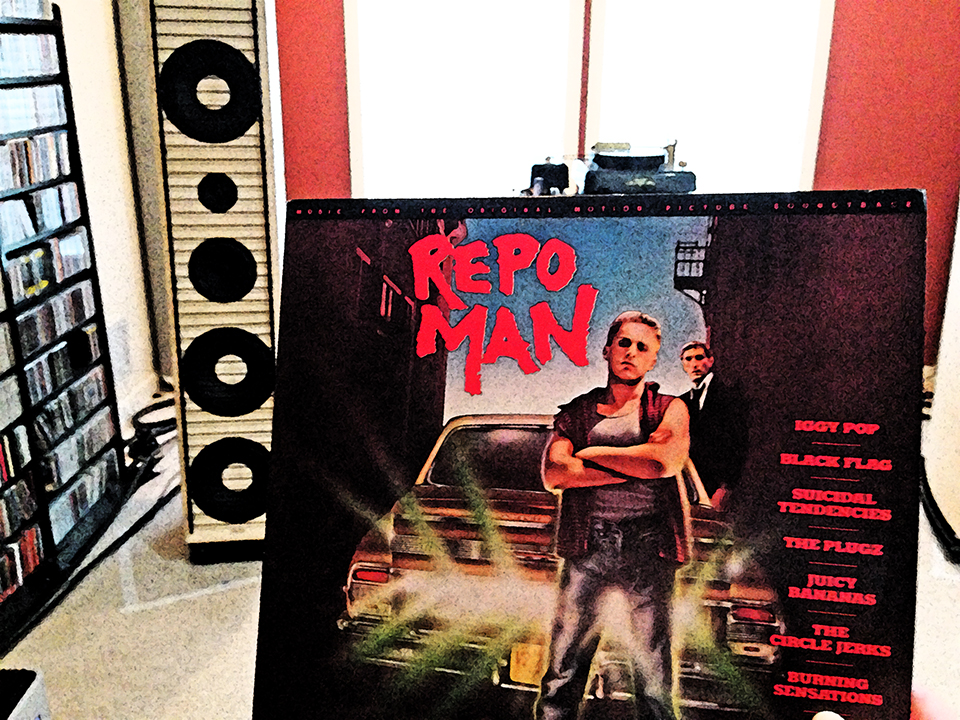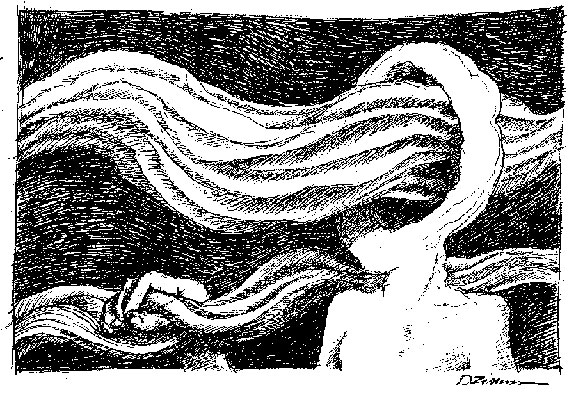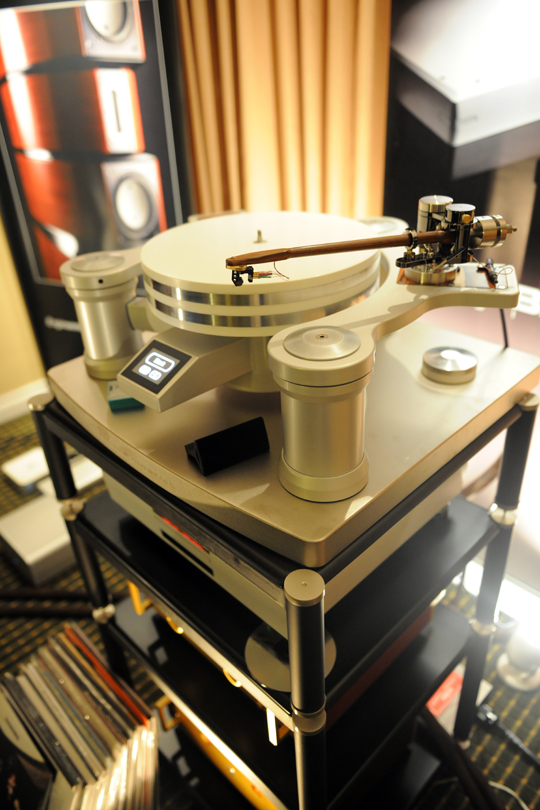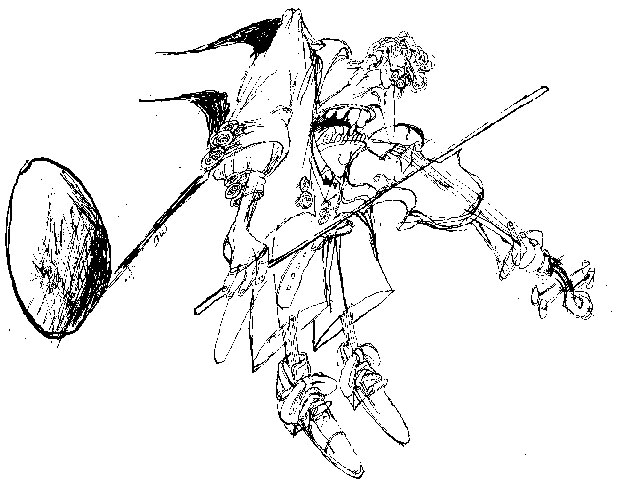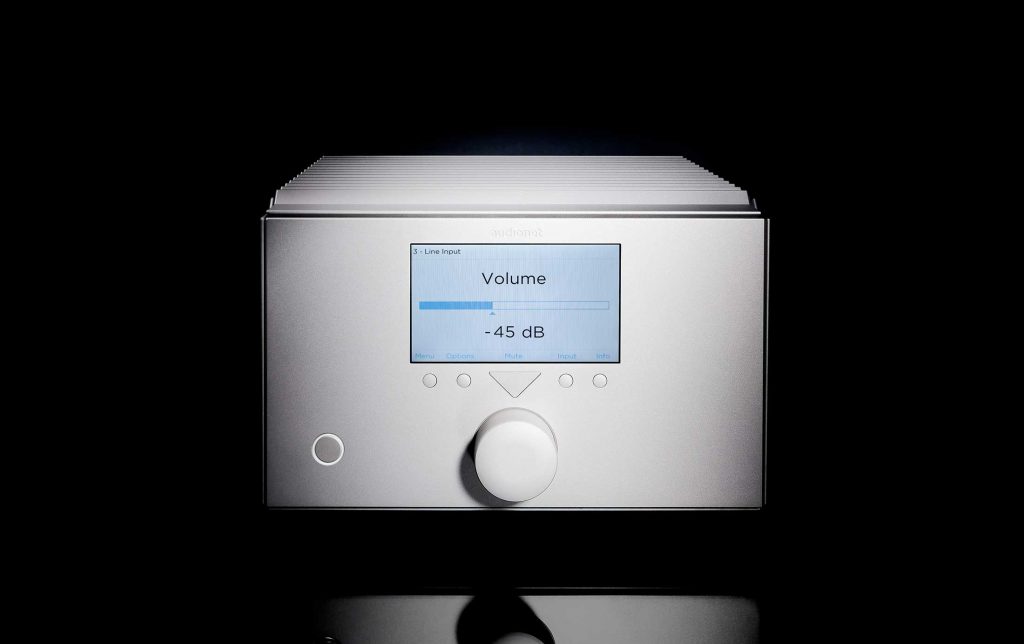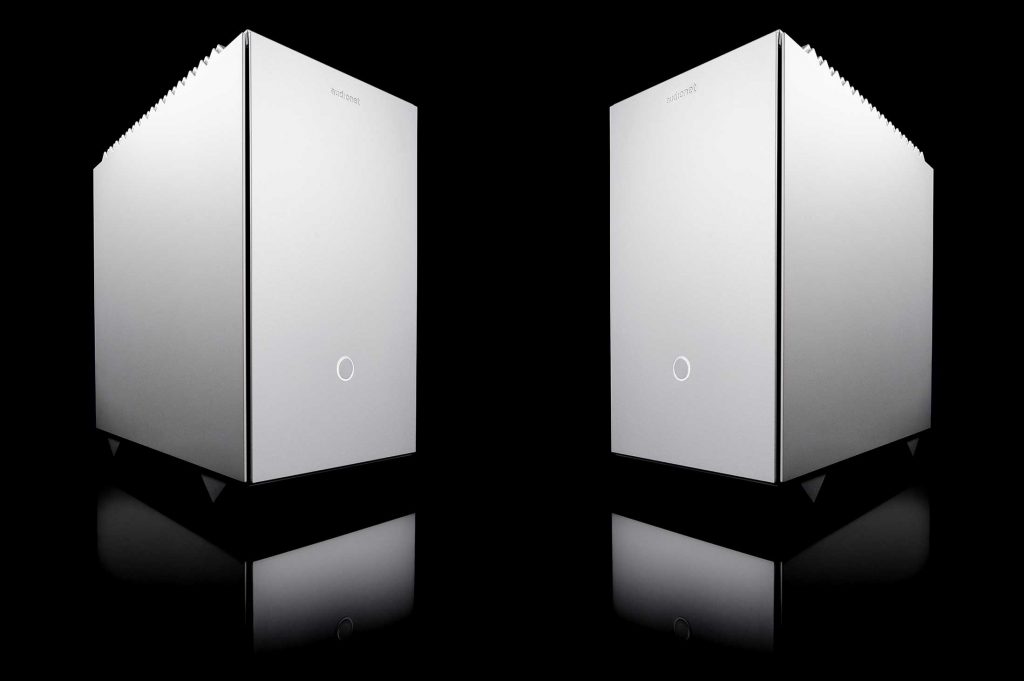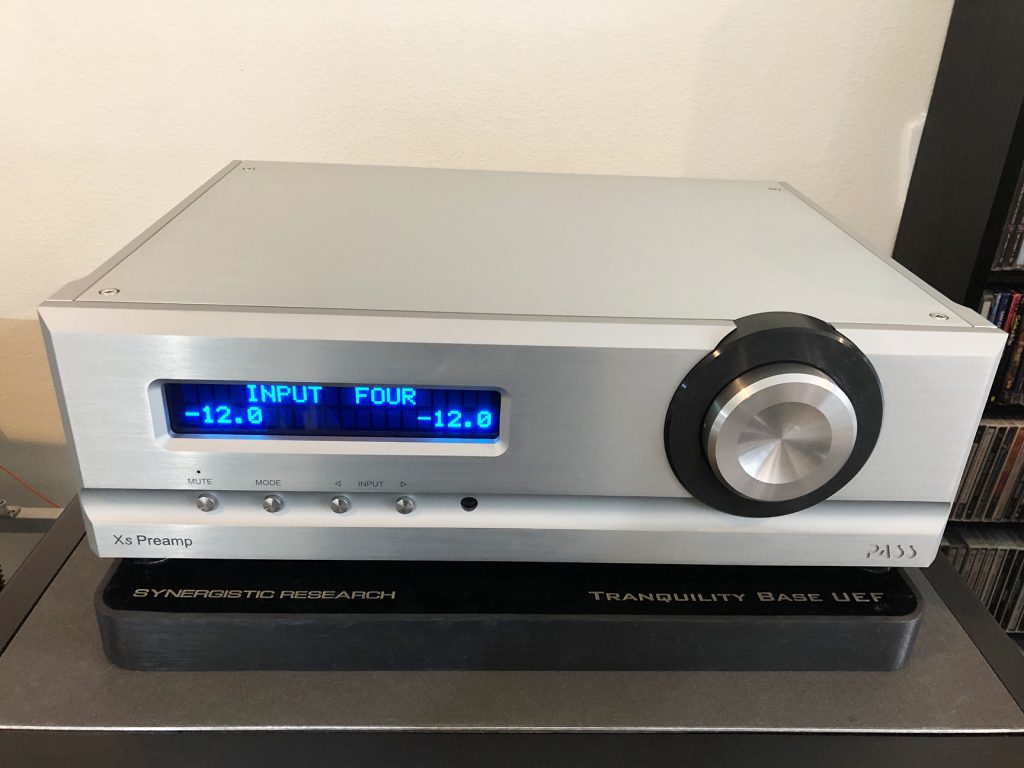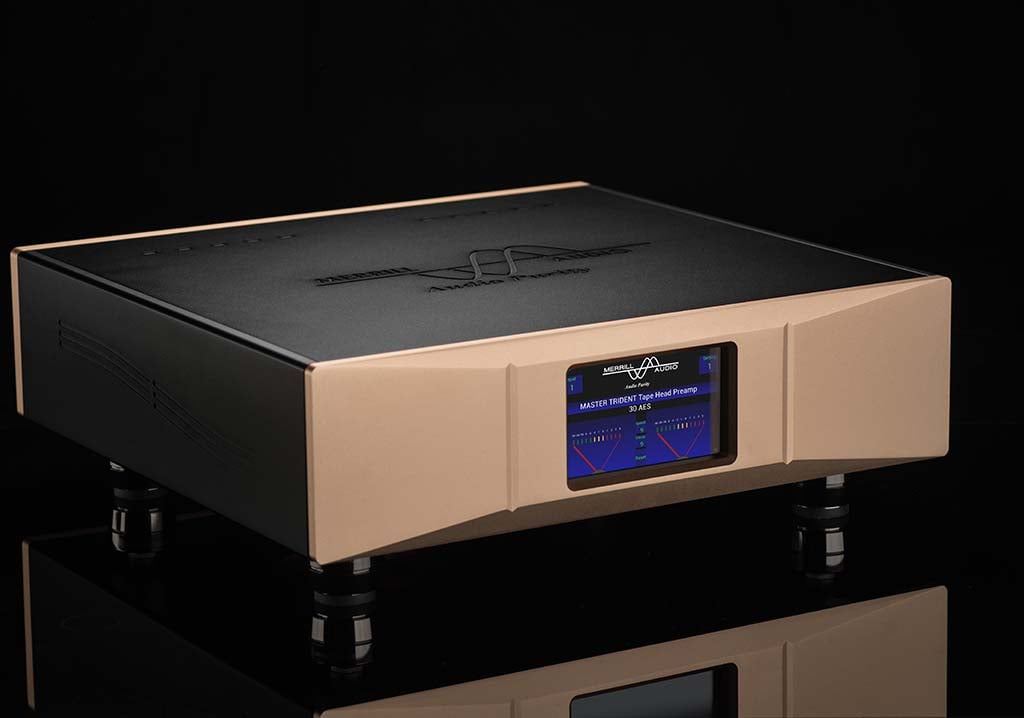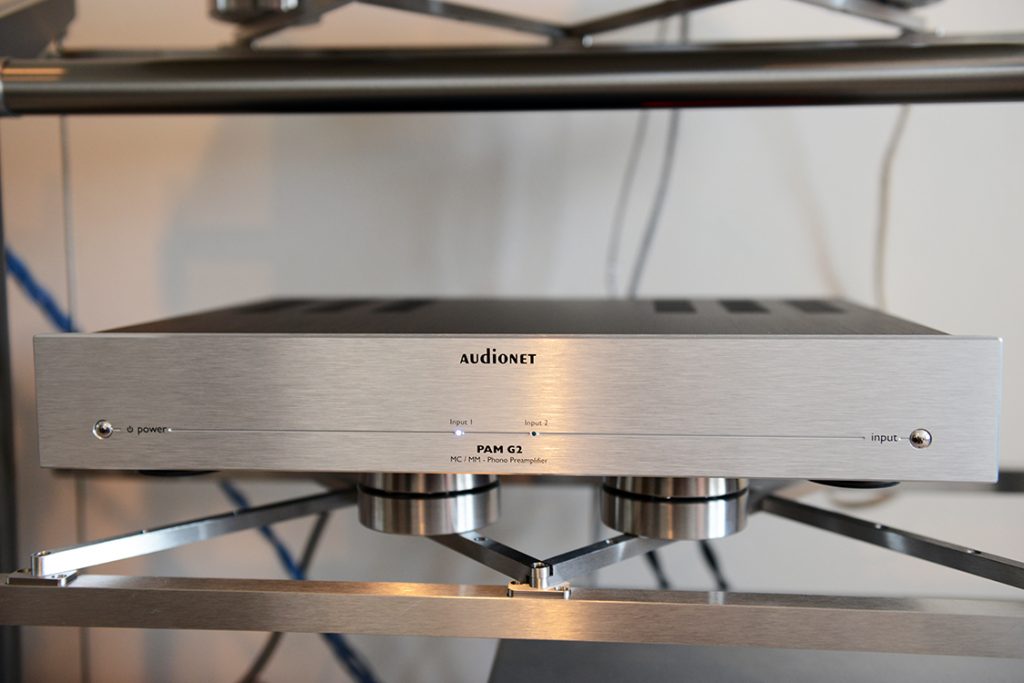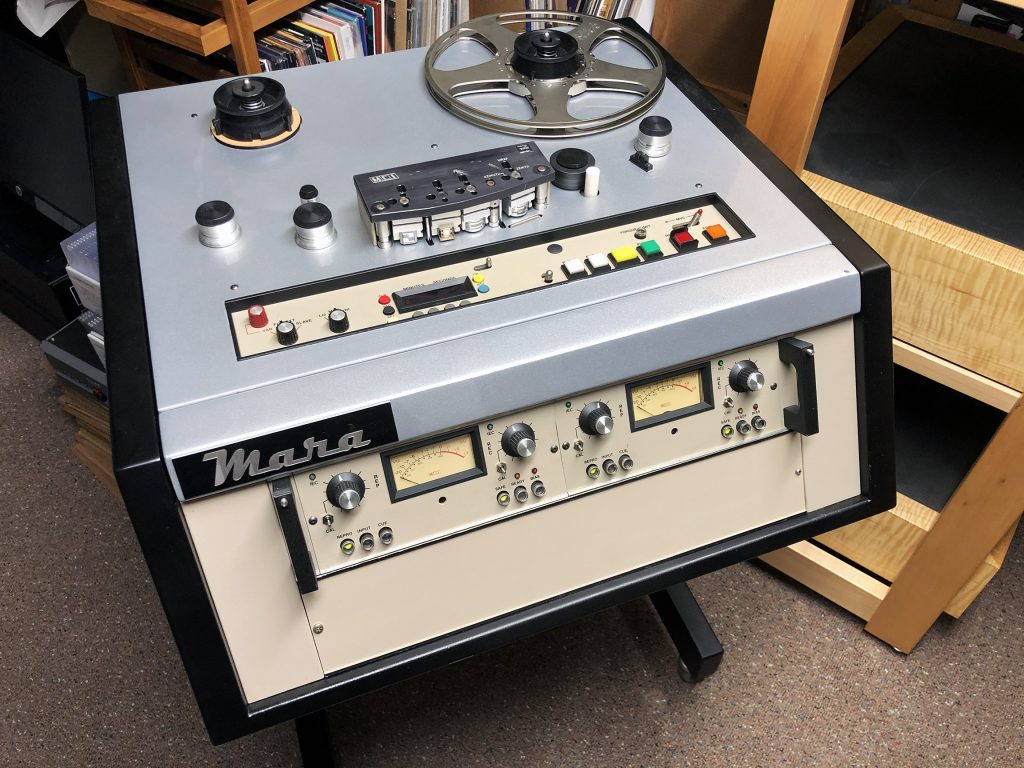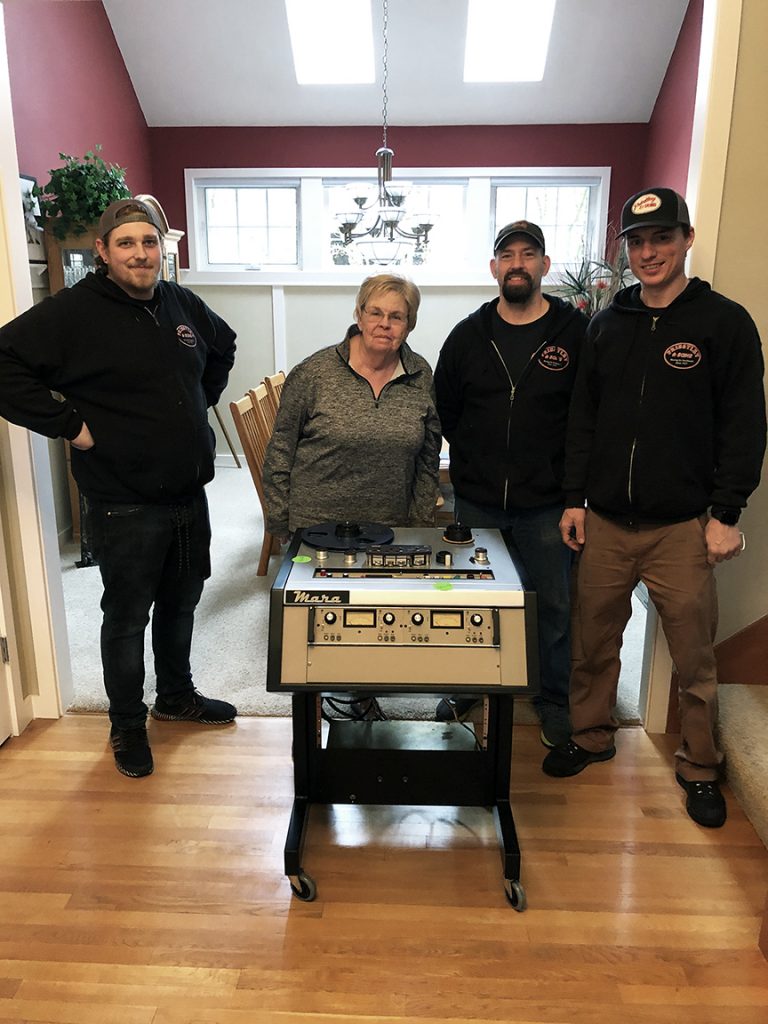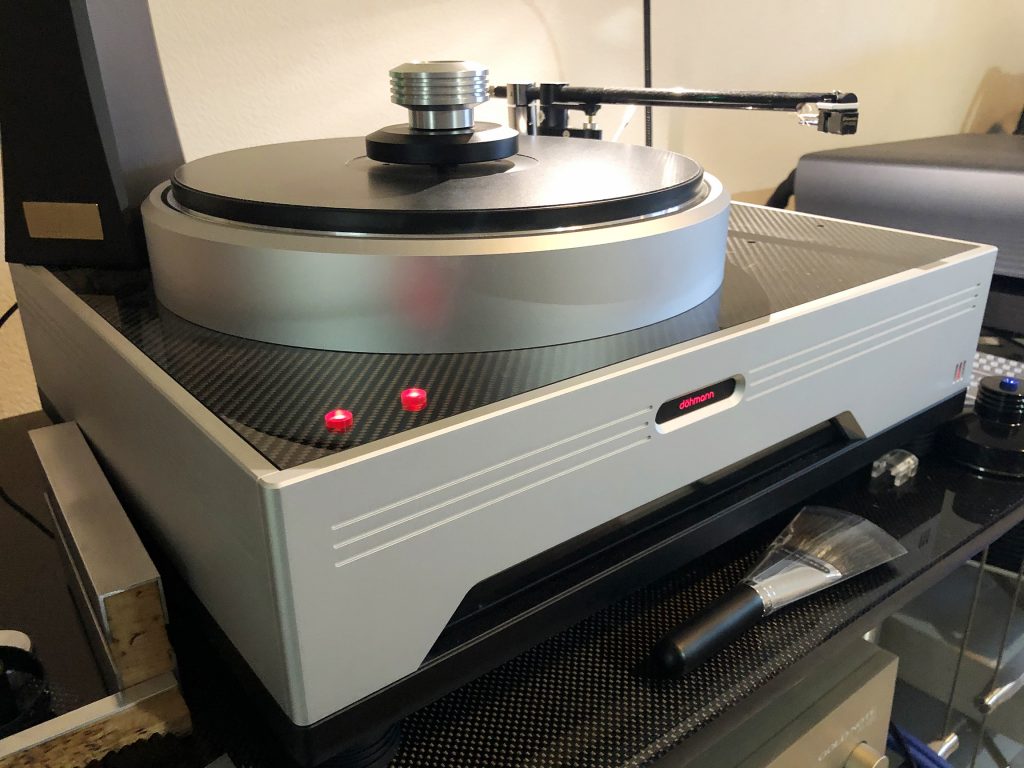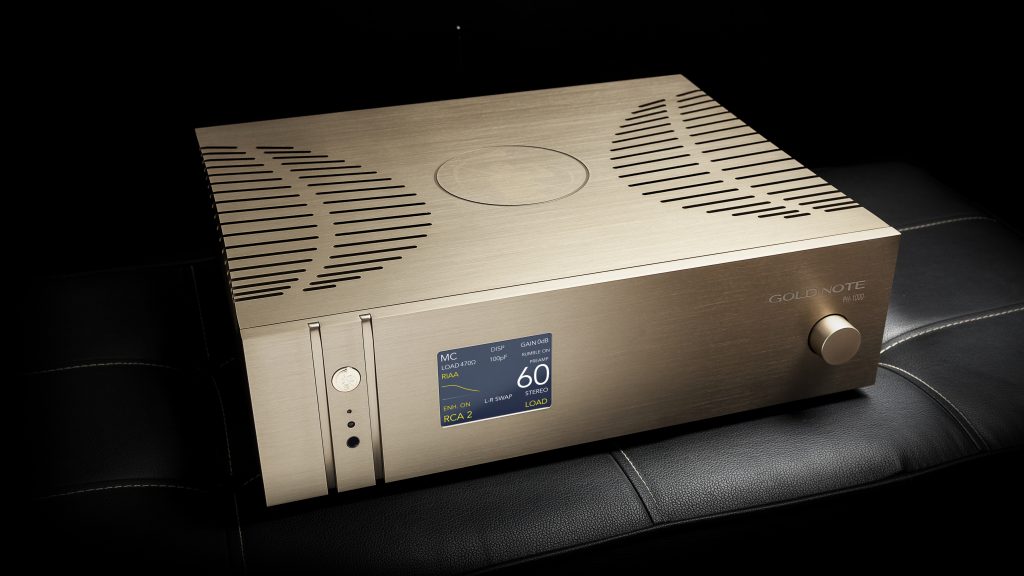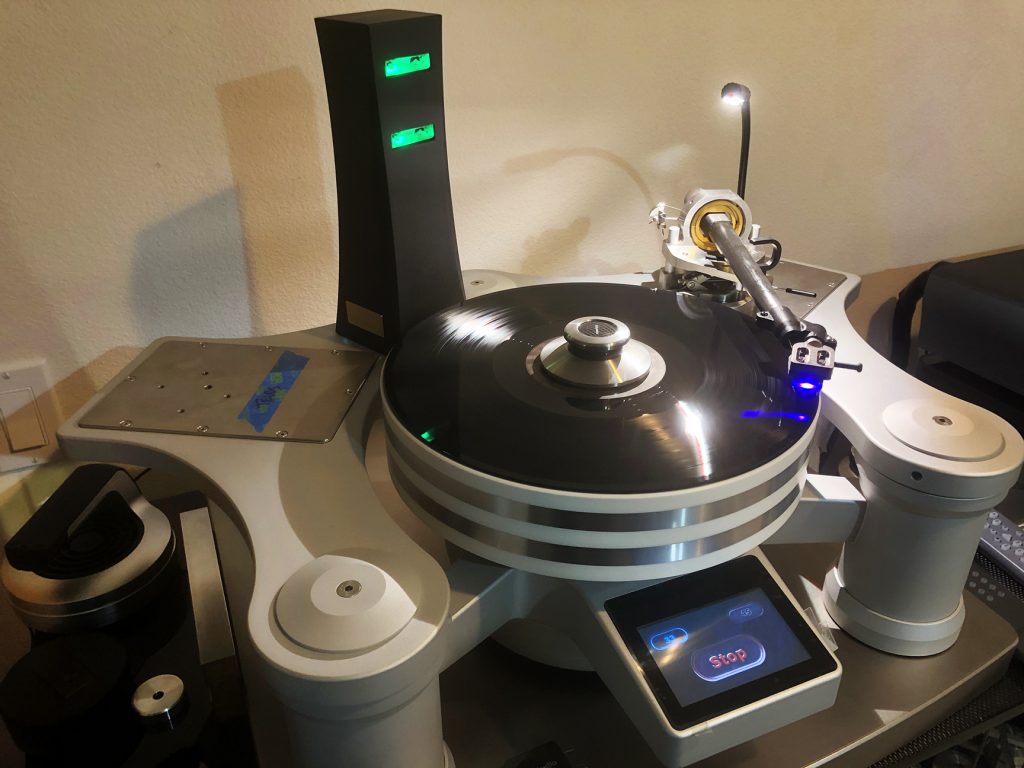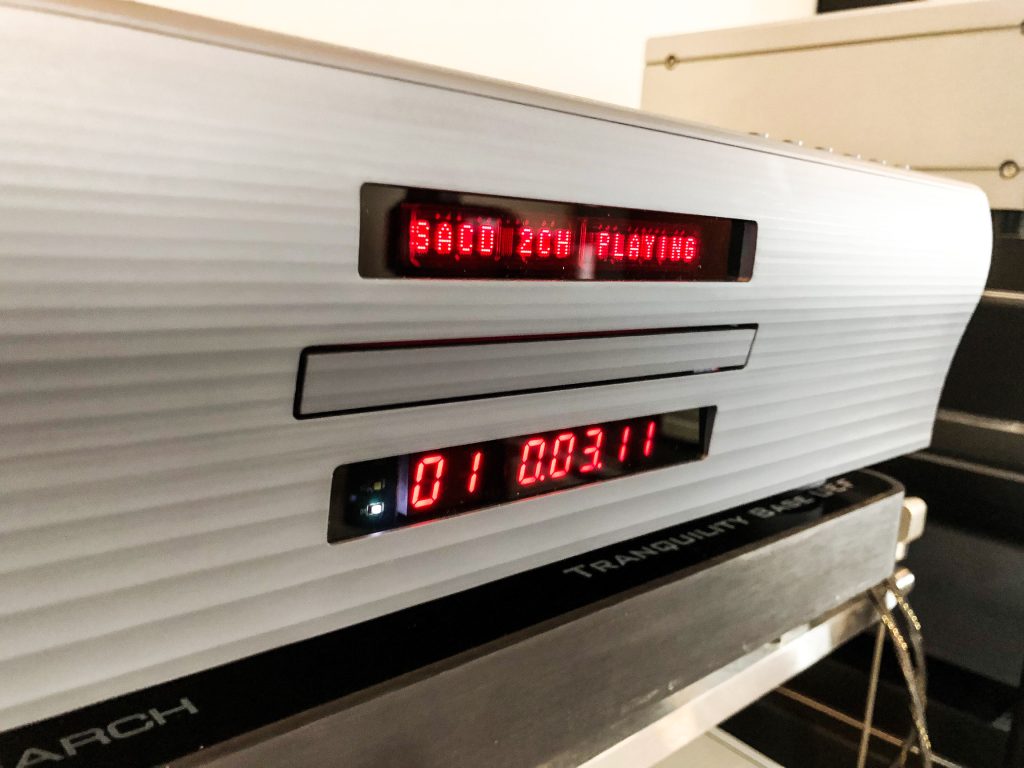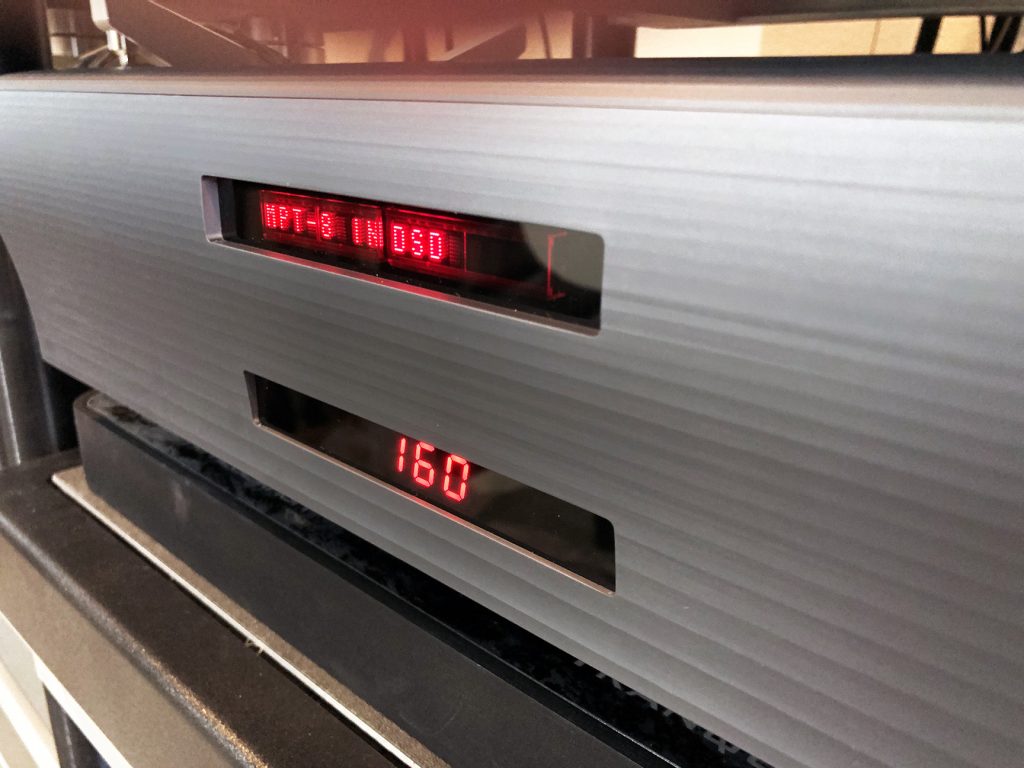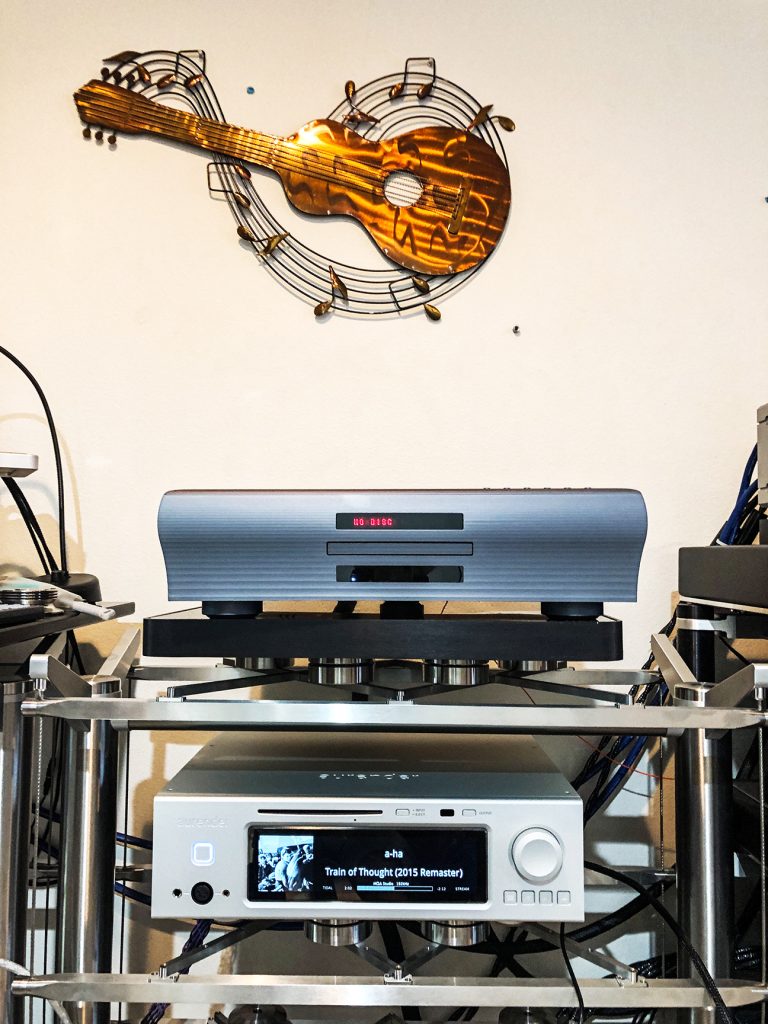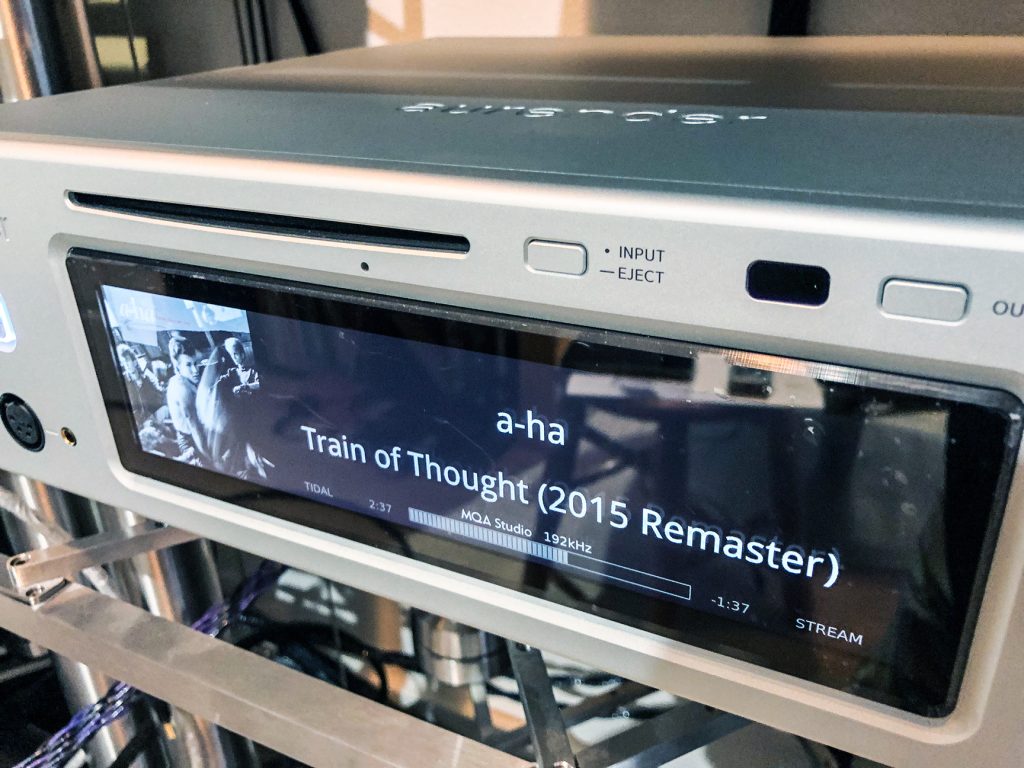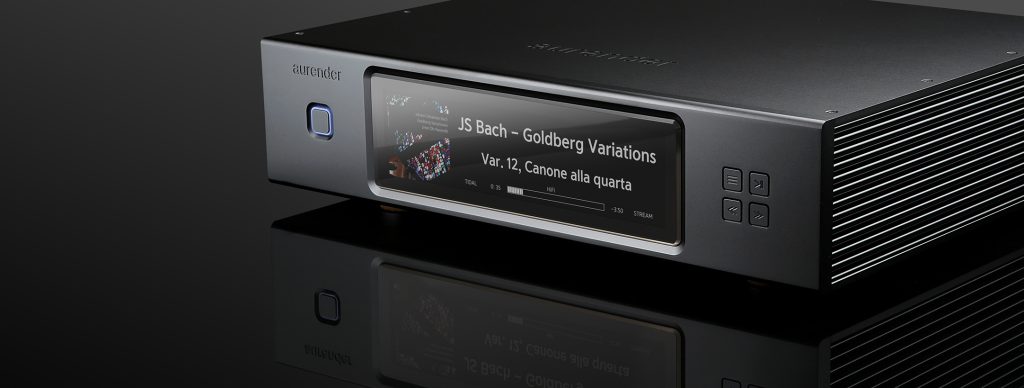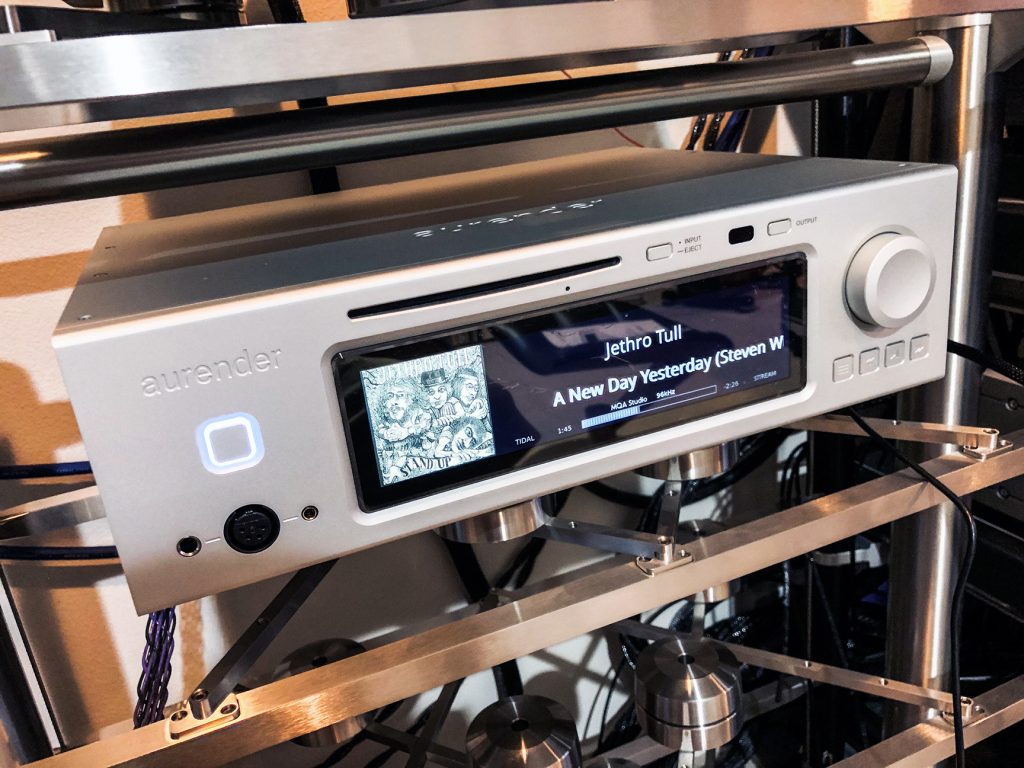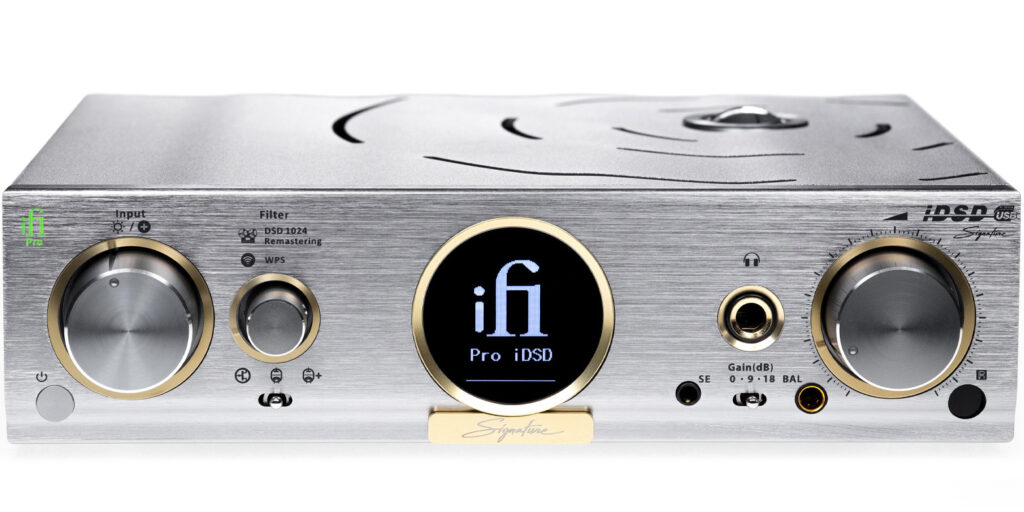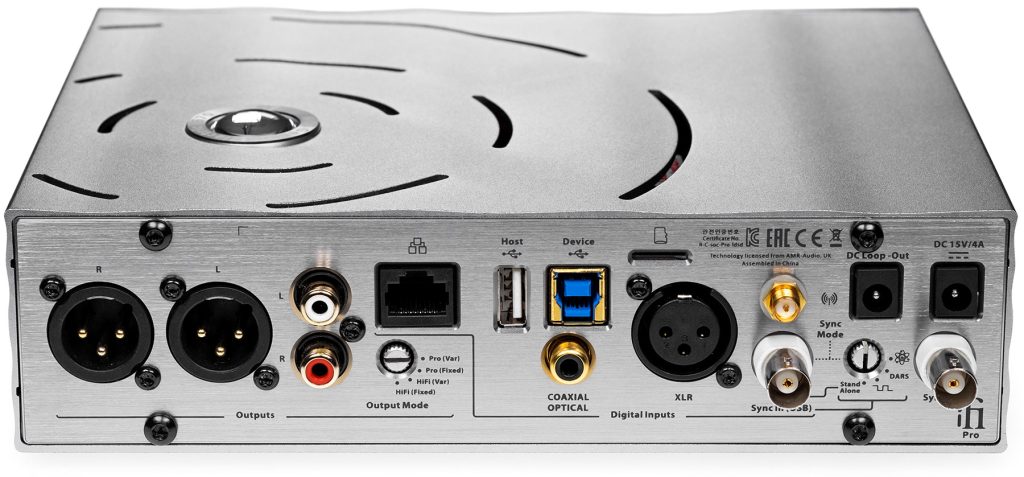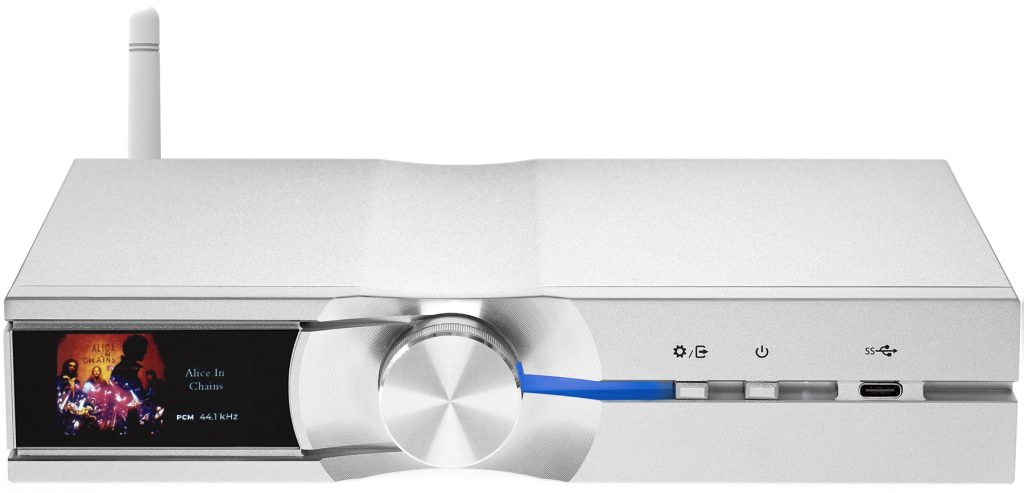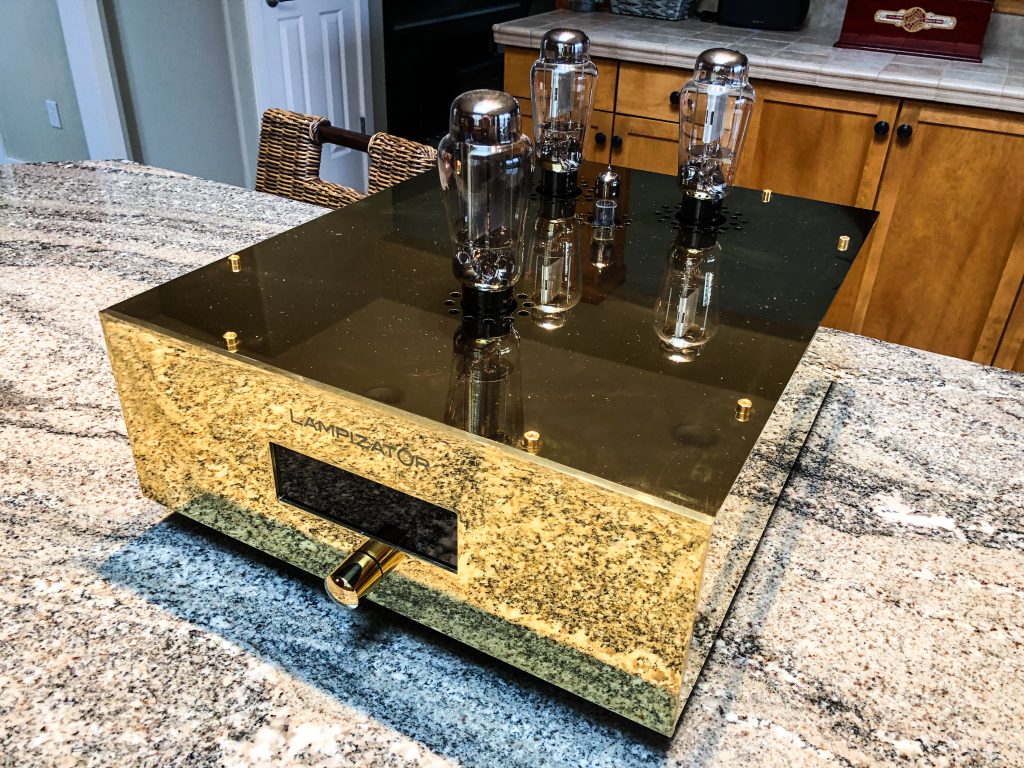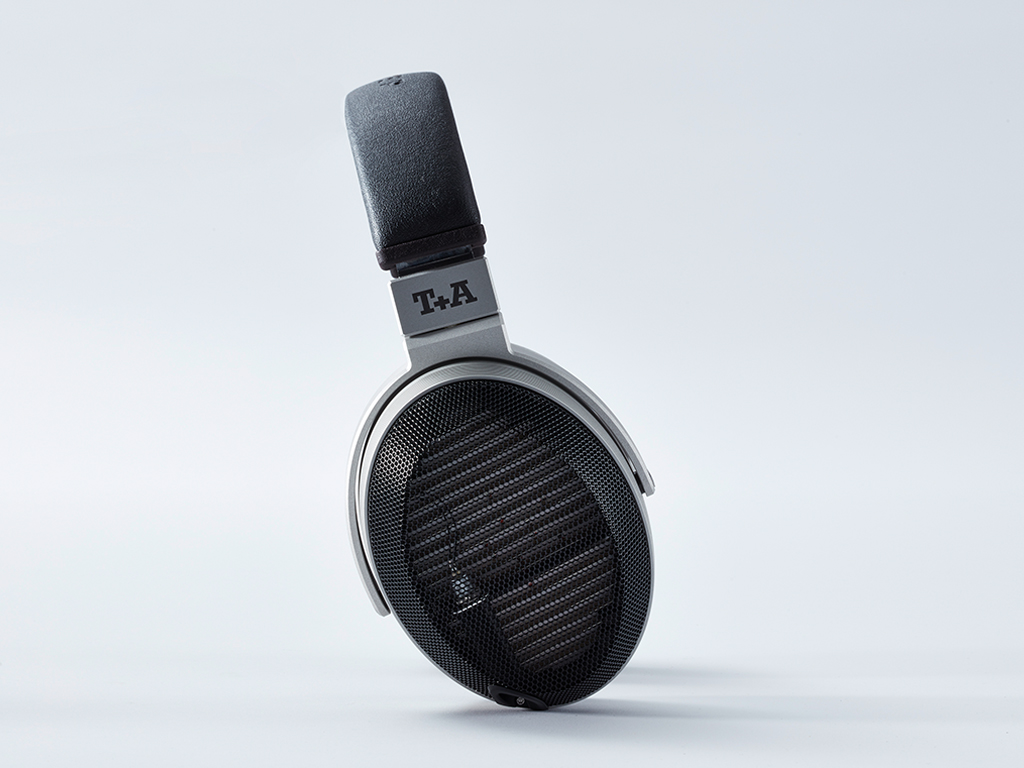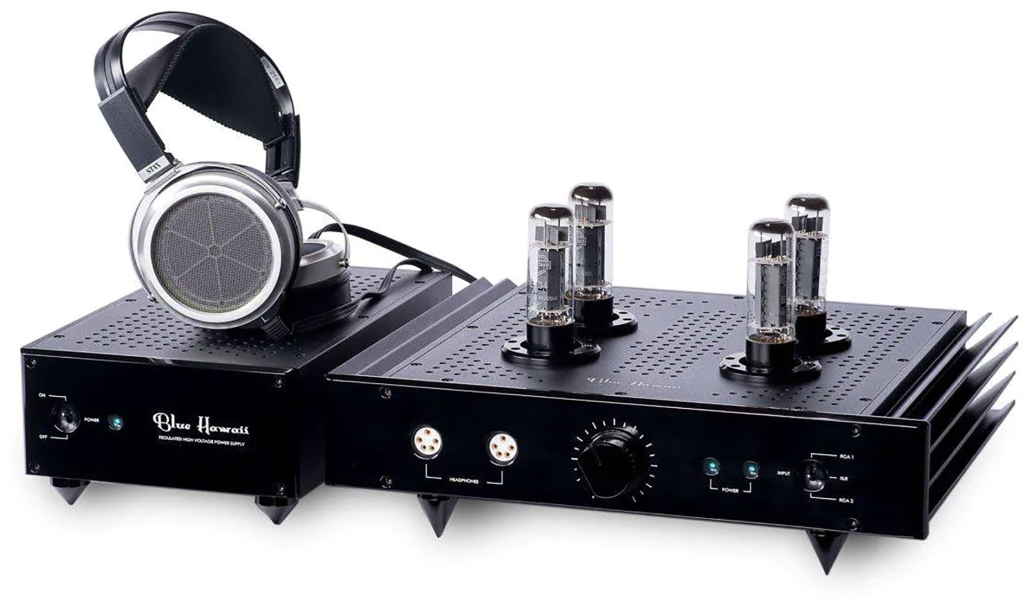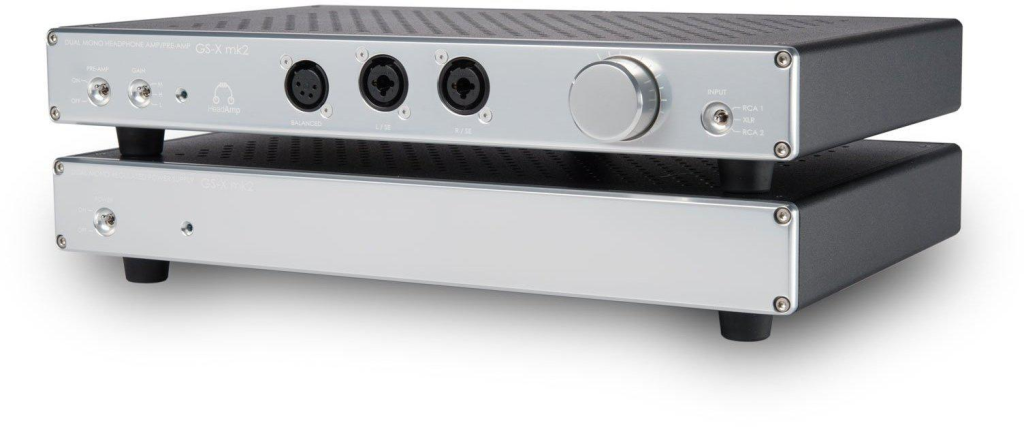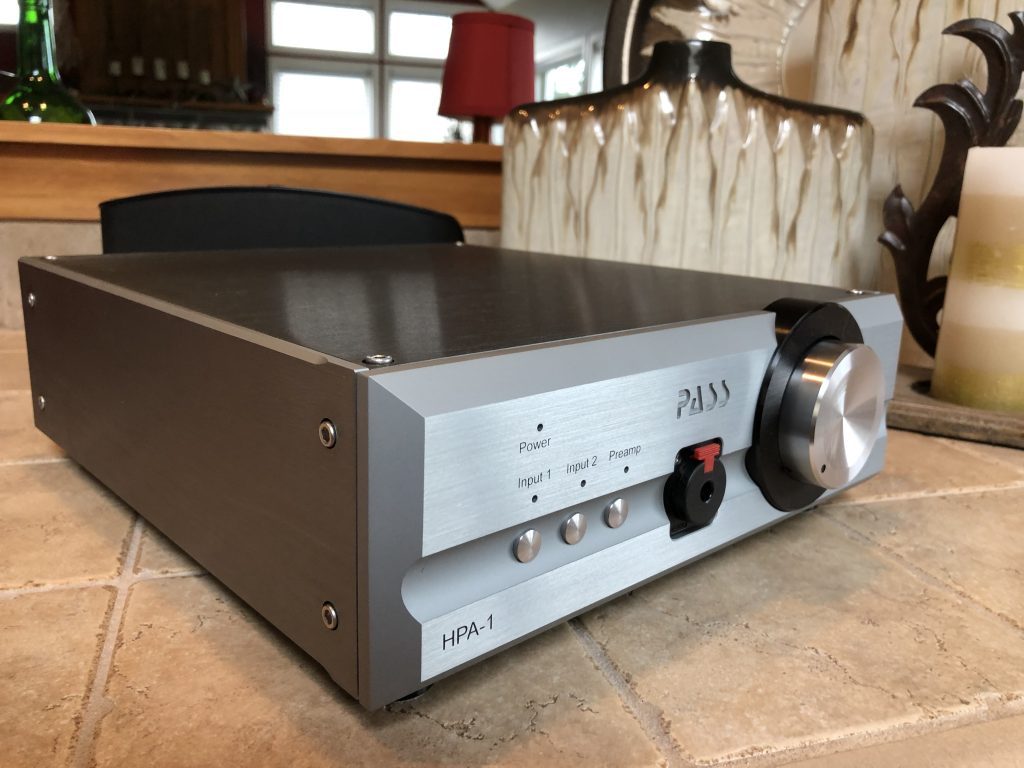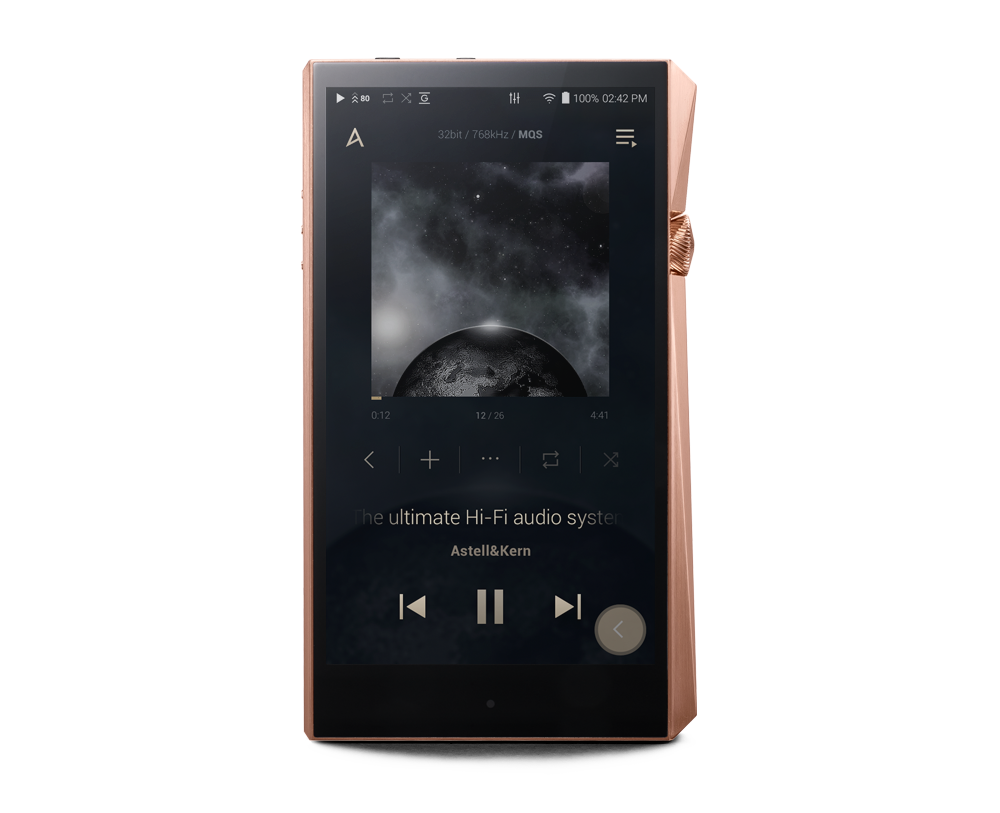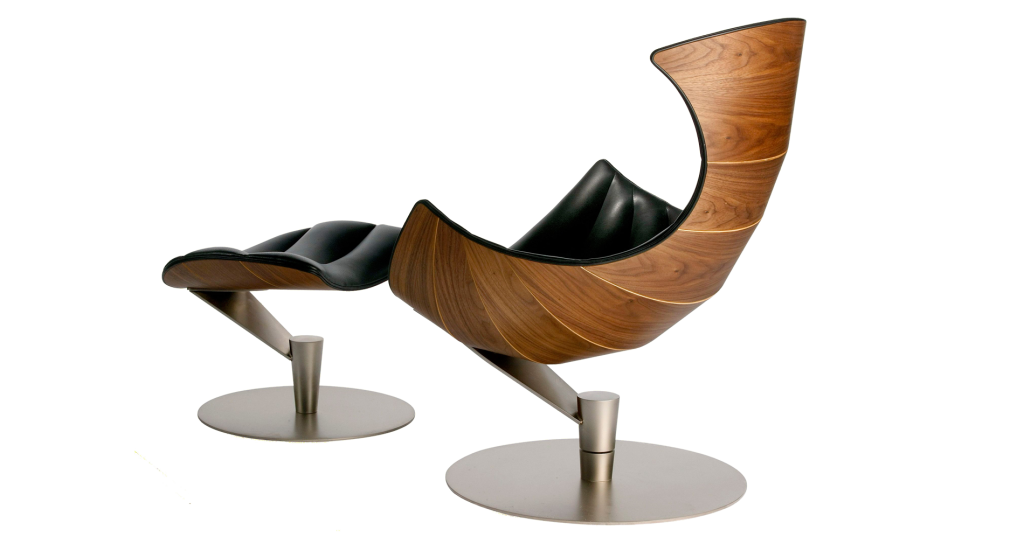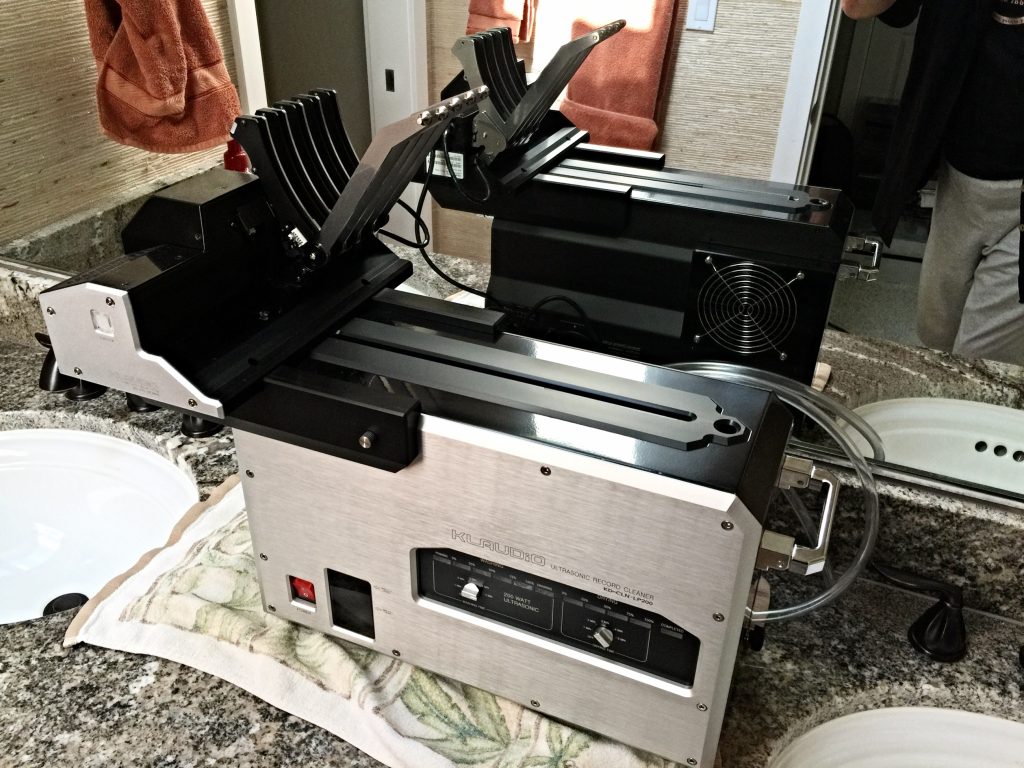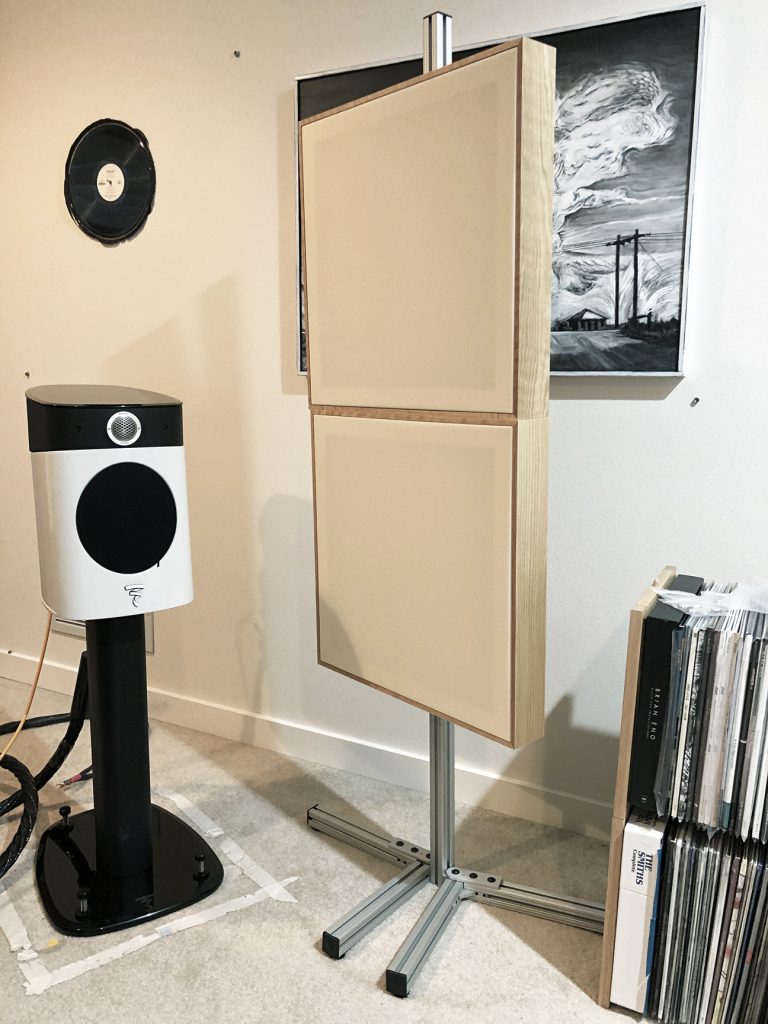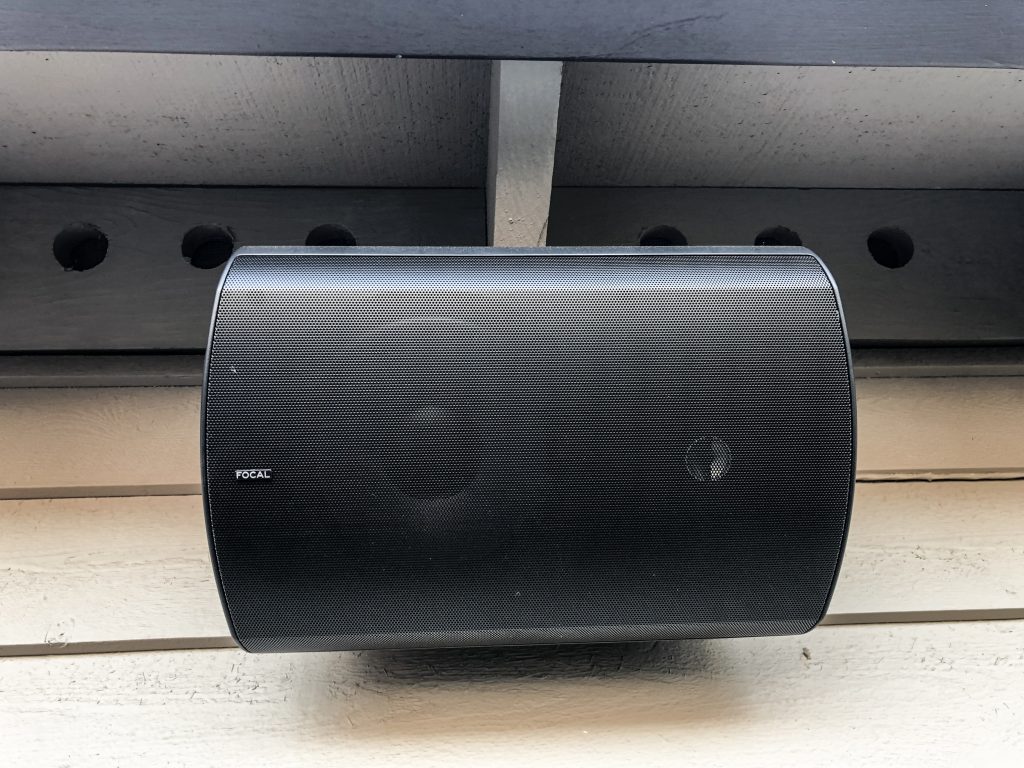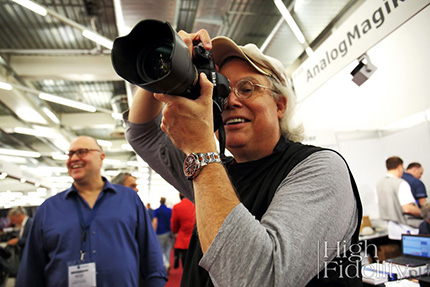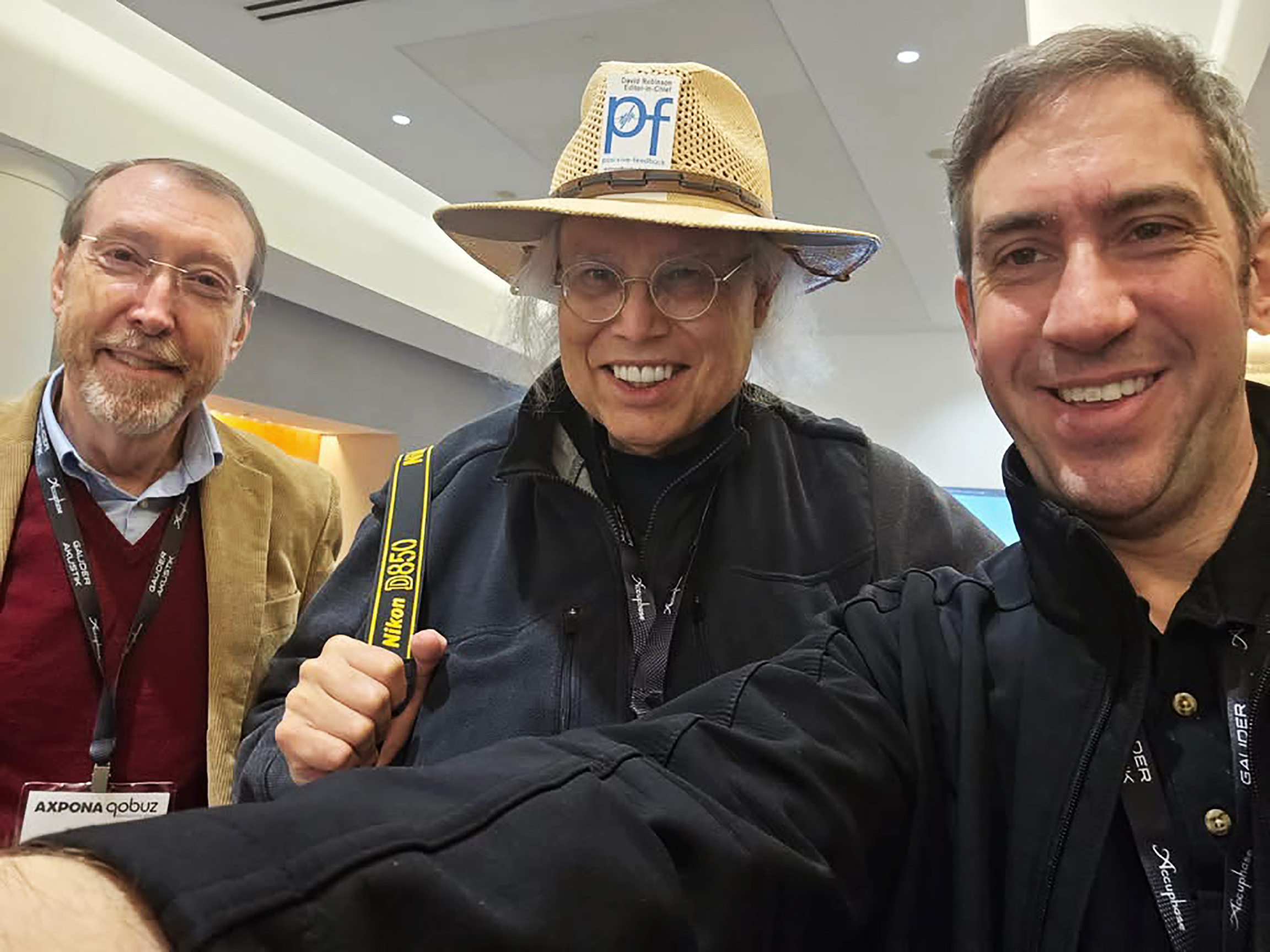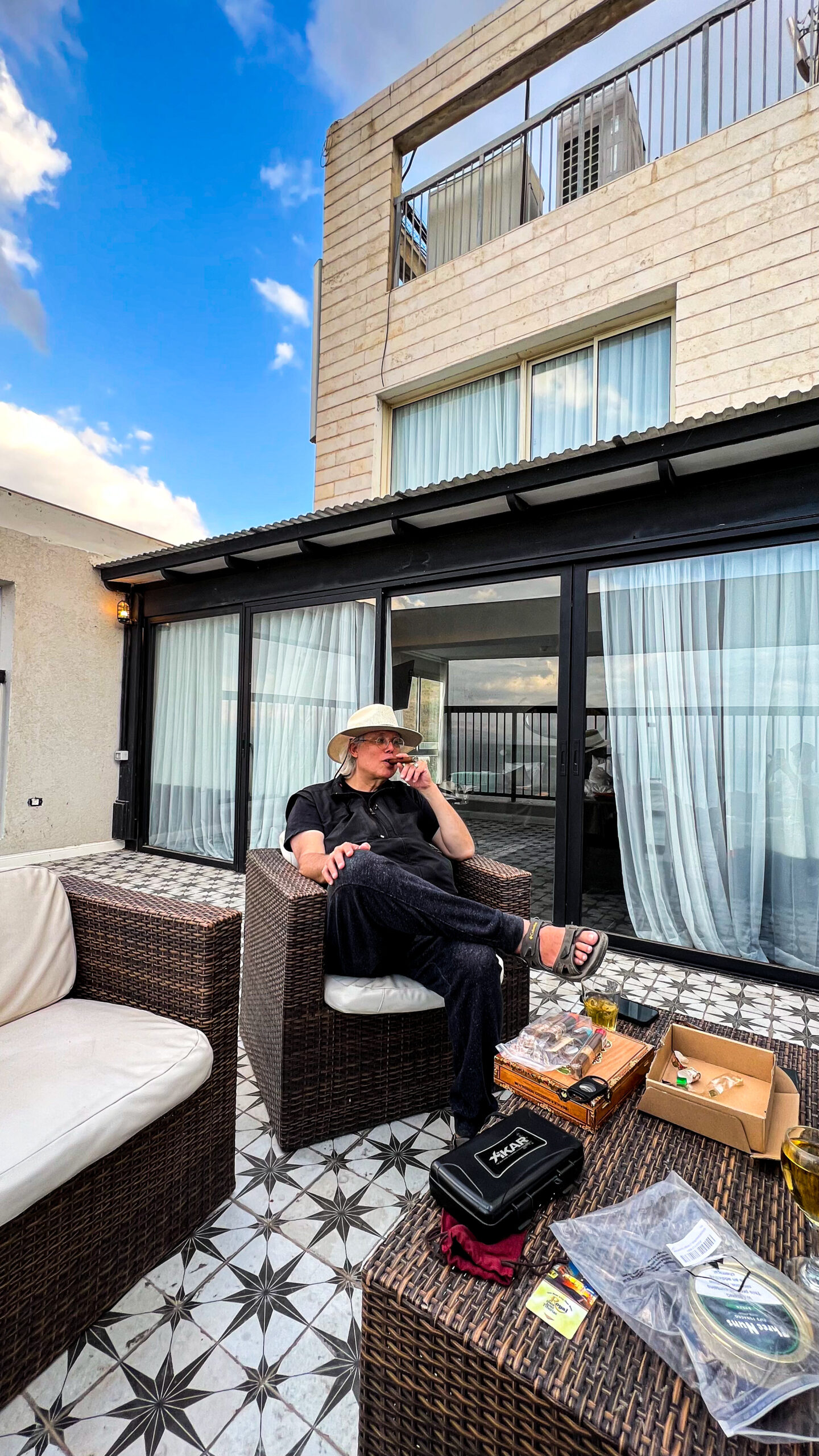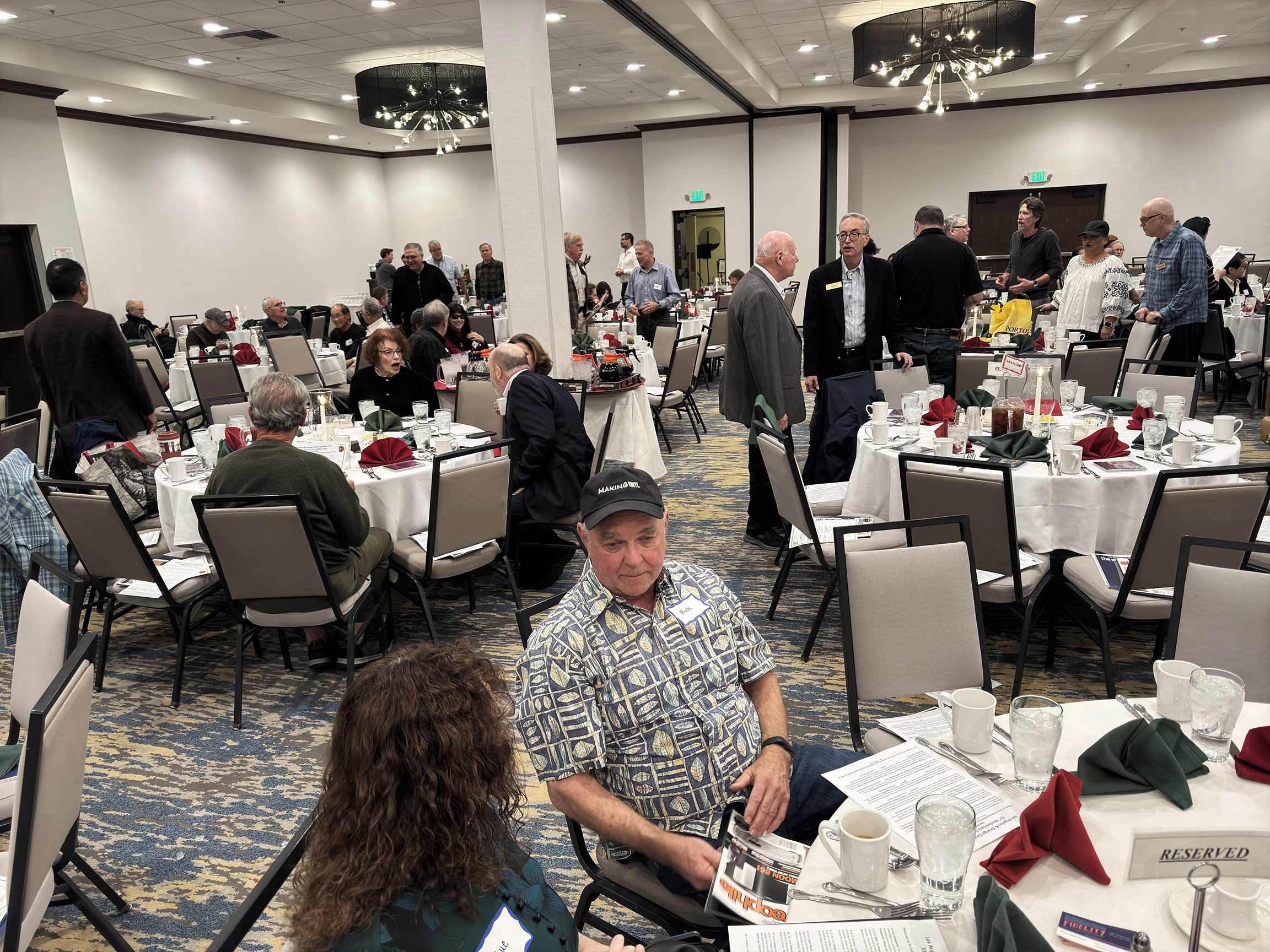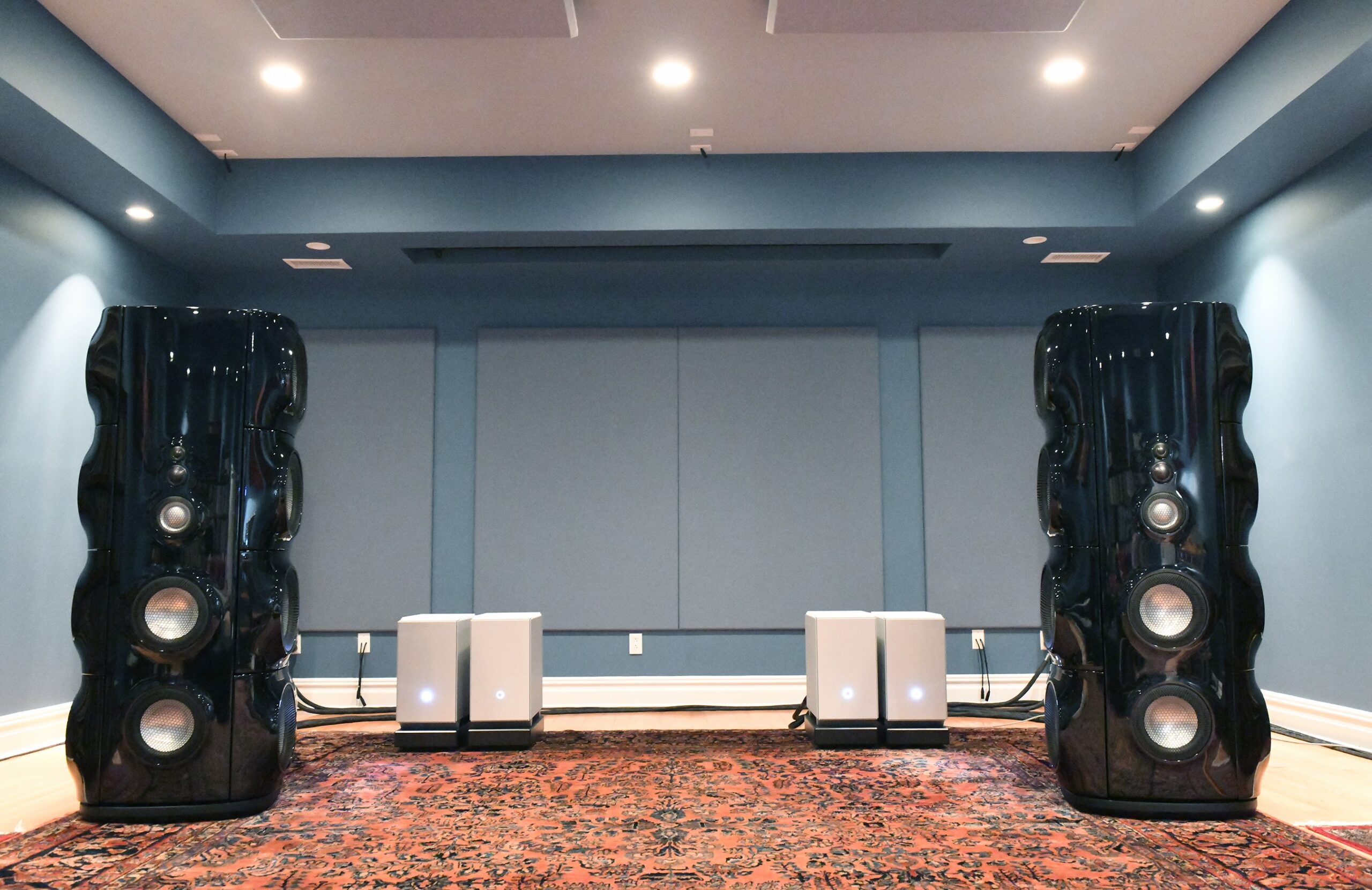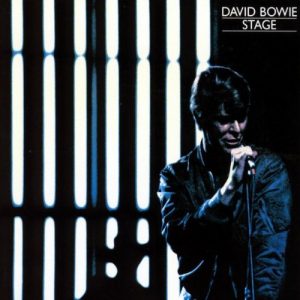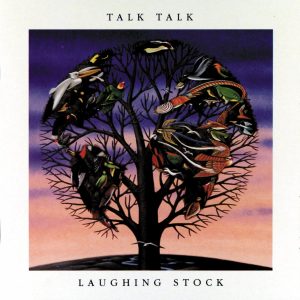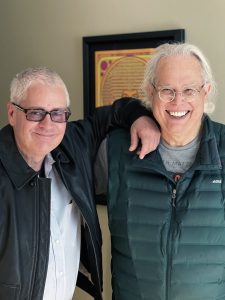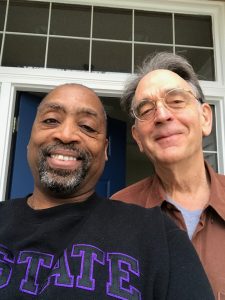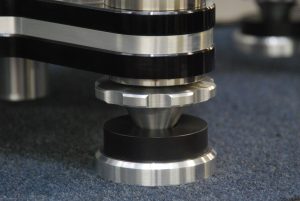There's glory for you!
In which our hero meditates…
This isn't going to be anything like a standard review, which is something that I don't do anyway. No short-term romance…no quickie relationship…no three-months-and-done. No "Wow, what the hell was that?!" No "of all the turntables I've ever heard, this is another one."
No, this is going to be a reverie, a reflection about a long-range love and admiration, about the way that a superb audio design can make its way into your heart in such a way that it simply becomes a constant presence in your listening room…one that helps to keep you focused on the analogical possibilities of the LP in the audio arts.
Wave Kinetics NVS turntable with the beautiful Durand Telos 12" Brazilian Rosewood Tonearm in place on the right side. Note that a second arm board platform is available for an optional second tonearm on the left side.
Turntables and the peeling of the feline…
There are many ways to skin a cat when it comes to turntables. Over the years I've listened to a number of designs. Standard single belt drives. Standard band drives. Multiple-belt drives. (All of these either with or without computer control of speed linearity.) Direct drives. Lighter-weight spring-suspended tables. Band-suspended tables. Heavy mass-loaded tables with no suspension. Air suspension, very heavy or not. Some turntables are very complex in design and construction; others hew to Thoreau's dictum of "Simplify, simply, simplify." There are quite a lot of options when it comes to turntables, and every designer has their own set of preferences when it comes to getting the best out of the sacred grooves.
The Ortofon Anna MC: A thing of beauty...
And every designer who I know is pretty convinced that they're on the right track. You need to think this way…that's what helps to get you out of bed in the morning.
But that's only part of the equation. Whenever you're reviewing a turntable, you aren't just evaluating the turntable. You're also hearing the tonearm, the cartridge, the quality of the work that was done to mount and dial-in the cartridge, cabling (signal and power cords), power supply, isolation, grounding, a phono amp or transformer, and the room itself. A "turntable" is really a "turntable system," then. All components should be listed, so that a reader can have some sense of what that system involves.
A big task.
Roll up those sleeves…
Some background to a project
Portrait of Jonathan Tinn. Happy Valley, OR, 2011.
The genesis of the Wave Kinetics NVS is very interesting in its own right. Jonathan Tinn is a very creative, innovative audio entrepreneur, who really loves the very best that the audio arts have to offer. He's constantly looking for new possibilities in fine audio, and has launched and/or been associated with a number of very successful audio companies over the years. Through it all, Jonathan's drive, determination, and passionate commitment to excellence has been proven time and again.
Mike Lavigne and Jonathan Tinn during an early listening session with the Wave Kinetics NVS/Durand/Ortofon turntable system.
A number of years ago, after a disappointing experience with a turntable manufacturer he was representing, he started thinking about turntables and how he would do things if he were to get into that game. He fell into conversation about it with his friend, and Wave Kinetics business partner Col. Matthew Schuster, a retired fighter pilot who did his graduate work in Mathematics and Aerospace Engineering. Matt became interested in the challenge of taking Jonathan's concepts and turning them into reality, using the latest techniques, technologies, and materials to overcome the difficulties of pulling all that could be extracted from those devilishly tricky grooves. A team of designers and engineers all with successful careers in micro robotics, rocket engine fabrication, and industrial design was assembled. They were all intrigued by the purity and simplicity of the goal; a clean slate design for a world-class turntable
According to Matt and his team, the idea was to take a fresh look at the key aspects of what makes a turntable great. First, they felt the proper motor and speed control would be needed. The optimal motor for the job would have to accurately and consistently control the speed. A direct drive system was chosen over a belt drive system to avoid any slop inherent in belt drive systems and to avoid the noise generated by the belts when they catch and release at both the platter and the pulley.
Next was to insure generating as little noise and vibration as possible. A properly implemented direct drive system demands very low noise and vibration otherwise you risk transmission through the drive train. Choosing the proper sized motor with the right power to handle the mass of the platter and speed changes without generating unwanted noise and/or vibration was also key
Finally, the turntable system must be constantly monitored by digital measurement utilizing a closed feedback loop and a complex speed control algorithm. It would be tuned using the prior mentioned speed control algorithm that aggressively but gracefully corrects for speed changes. If the speed control is too aggressive it introduces audible noise and vibration to the system—too gentle and the speed never stabilizes. You want "just right" tuning to insure no audible artifacts while retaining a high degree of speed accuracy and consistency.
The team eventually came up with a new turntable configuration that they thought would fill the bill, and bring turntables into the latest generation of computing, sensory feedback, and materials research. It was radical in some ways, but hit the parameters that Jonathan and Matt had discussed.
After months of very hard work, some prototyping, and tweaking of the firmware, the new turntable was finally made final, and took on its new name. Jonathan, a man who loves wordplay and humor in product monikers, dubbed the 'table the "NVS." ("Envious," you see.)
Who could pass up such a birth name?
Distribution would be handled by Jonathan's distribution company, Blue Light Audio, based in Portland, Oregon. For a recommended tonearm, he made the decision to choose Joel Durand's legendary designs, the 12" Telos and later, the shorter Kairos arms. Jonathan gave preference to the Ortofon line for recommended cartridges on the Wave Kinetics NVS/Durand tandem, with the current favorite being the Ortofon Anna MC, although the turntable started out with the Ortofon A90 MC.
Excellent choices all, regardless.
General Description
The Wave Kinetics NVS turntable is a computer-controlled direct-drive design, with a separate unit that provides power and speed control to the NVS. It uses a laboratory-grade motor and control system to assure the extreme accuracy and linearity of its performance, to a claimed 1 part in 1 million. Both 33.3 and 45 RPM are supported, both handled via a very clear touchscreen that makes on, off, and 33.3 vs. 45 operations as simple as they can be.
The attractive and easy-to-use NVS touchpad (fresco by Robinson)
The main body of the Wave Kinetics NVS Turntable…beautiful brawn
The construction and composition of the NVS are quite innovative. This is not surprising given the community of designers and engineers that developed it. One of the design philosophies going in was to reduce the number of parts, which in turn reduces the number of attached components, joints, etc. Every separate part you have to screw on, bolt on or glue on, introduces a possibility for that part coming loose and/or vibrating. This forced the extreme step of machining the body out of one large 100+ pound billet of aluminum. This results in the extremely rigid core of the NVS.
There is a set of three piers that support the main platform and plinth, as well as the laboratory-grade direct drive motor and its integrated motor chamber. Each of the three piers contain a proprietary vibration control system which reduce transmission of vibration from floor-borne (footfall, etc) as well as air-borne (music in the room) sources. Underneath the pods, Wave Kinetics provides a dedicated isolation platform that further decouples the NVS from the ground, and also grounds out vibrations from the air that might be picked up by the structure of the turntable. This works with internal damping components that further knock down sonic nasties. Wave Kinetics claims the platform is effective at reducing transmitted vibration as low as 2 – 3Hz. From ground up, and from turntable down, this is a design that floats the NVS acoustically in a near-soundless space. Combined with the extraordinary quality of the direct-drive motor, the total effect of the NVS is amazing: A noise floor that is right through the floor.
Scary.
But given the fact that the NVS gives the visual impression of an interplanetary craft that's landed in your listening room, waiting to be taken to your leader, this is all consistent. What could be better?
A second, more distant view of the NVS, showing its Wave Kinetics Isolation Platform, an essential component of this system. The platform is resting in turn on the Stillpoints Ultra V Isolation Feet on the ESS Reference Isolation Rack with Grid Shelves. Underneath on the next shelf down is the exceptional Audionet PRE G2 reference preamp.
This is the NVS Turntable with the Durand Telos 12" tonearm in Brazilian Rosewood (Jacaranda), with the Ortofon A-90 MC cartridge. This was earlier in my time with the NVS; the rack system was the Critical Mass Systems Grandmaster Black, while the speakers in the background were the YG Acoustics Anat III Signatures. Note the additional plinth wing in the foreground for the installation of a second tonearm. You can see clearly the layering of the composite materials in the construction of the platter.
Don't leave out the platter! I should also mention that the platter is made of a composite set of materials, with aluminum and mass-loaded polymer being layered strategically. This provides what Wave Kinetics describes as "high mass and optimal record/platter interface material." Many high-end turntables use a relatively high mass platter to act as a flywheel, helping to dampen out minor speed changes. While this is important, the choice of materials is also critical. The layers in The NVS platter serve to help reduce the transmission of any residual noise from the motor drive to the record surface. The density and impedance characteristics were chosen to provide an optimal surface for the vinyl and optimal vibration control. It's all of that, and has proved to be quite effective in dampening nasties and isolating the LP from the rest of the system. It also looks gorgeous as hell!
Durand Tonearms: The preferred synergy for the Wave Kinetics NVS Turntable
Those are the essential of the NVS itself. No turntable can be considered apart from its tonearm, though. The NVS allows the use of one or two tonearms on its modular Halo platform arm boards that insert into that framework. These can be easily replaced with other arm boards at need; contact Wave Kinetics to see if your mounting preference is supported. This is very useful, of course, for those who have both stereo and mono cartridges, or two different tonearms, or two different stereo cartridges.
Joel Durand with his Durand Kairos Composite Tonearm, mounted on an NVS Turntable at THE Show Newport Beach 2016.
But then, there's the question of the tonearm. The synergy between a turntable and a tonearm is critical for the best performance. After consideration, Jonathan Tinn made the decision to go with the tonearms produced by Joel-François Durand of Durand Tonearms. Anyone familiar with top-notch tonearms has heard of Durand; it is in the front rank of tonearms being produced these days. Joel is a composer, a Professor of Composition at the University of Washington since 1991, and is also up-to-his-soul in the arcana of the audio arts. (For a more extensive biography, please go HERE . You'll see that this includes years of technical training that is the foundation of the audio side of his creativity.) That includes both the analog and domain and the digital domain…this latter will be covered in the future, as you will see. Our concern for now is Joel's artistry in the analogical realm of tonearms.
The Durand Telos Rosewood Tonearm on the NVS Turntable
The particular favorite of Jonathan Tinn, and also of myself, is the spectacular Durand Telos 12" tonearm. It is available in both Brazilian Rosewood (Jacaranda) and Composite models. Joel developed the Telos on the basis with design work with the earlier Talea tonearm. The result is a beautiful uni-pivot tonearm with powerfully clean and direct lines. The parameters that guided Durand in his work with the Telos is described on his site HERE.
"The Telos is our top-of-the-line model. It is the result of intensive interdisciplinary research, from shape optimization, stress analysis to materials science, guided by observation and informed by theory. The development of the project started with a thorough re-examination of the fundamentals of tonearm design, an approach that progressively led us to the most minimalist design that was possible, given the functions that were deemed essential to a tonearm operation. Each element is an essential part of the functional whole, and nothing is superfluous. The experience acquired in the long period that led to the Talea™ proved invaluable when developing this new tonearm. In some ways, it is a radical extension of the earlier project, and in other ways, it treads new ground by bringing new types of possible adjustments.
The design
Finite Element Analysis and computer stress simulations were systematically complemented with numerous audition tests, in order to determine which factors were the most relevant to playback performance. The research examined in great detail the questions of vibrations, stress and damping, and how their interactions apply to the system as a whole. Extreme attention was given to the many aspects of relations between the components that are involved in the structure of the tonearm, and the optimization of their shape. A vast number of materials, from common to very exotic (and terribly expensive...) were evaluated for each part: from the smallest screws to each major part of the assembly, nothing was left to chance.
One of the leading principles during the development was to simplify all the basic elements of the construction in order to obtain the purest design and the best mechanical integrity possible, while maintaining all functionality needed in a modern tonearm. As a result, the Telos is very easy to use and offers all the adjustments one could ever need—plus a few unusual ones designed to achieve extremely fine tuning of the sound result."
This is not a tonearm review per se, and I found that I generally wasn't tempted to fiddle with the VTA on the Telos. Check his Web site, or contact Joel Durand via email for more information on the adjustments available on the Telos. The proof that I was looking for on the NVS…whether Joel had accomplished his stated task…would be found in the spinning pudding.
Setup
The original setup team (left to right): Col. Matt Schuster, Joel Durand, and Jonathan Tinn
Setup of the NVS turntable system was handled by Col. Matt Schuster personally, assisted by Jonathan Tinn.
Matt Schuster tightens down the hex screws on the NVS turntable platform.
Joel Durand and Jonathan Tinn enjoying the moment!
Mounting the tonearm and adjusting the initial cartridge selection, the Ortofon A90, for the extended review project here at PF was done by Joel Durand himself.
The Durand Telos 12" Reference Tonearm in its very handsome oak travel case.
Watching Joel Durand at work with his Telos tonearm and Ortofon MC's was itself a treat. Clearly there is an advanced artful skill involved in cartridge setup; Professor Durand possesses it in spades!
Durand mount for the Telos 12" tonearm on the NVS turntable.
Conductor Joel at the rostrum!
The very careful adjustment of the MC with light and magnifier by Joel Durand.
Completing the initial attachment of the Ortofon MC.
Joel Durand checking the tracking weight of the Ortofon MC on the Durand Telos tonearm…
One of the great strengths of the NVS turntable is that is it so easily deployed. A number of reference-grade 'tables need a significant setup time, elbow grease, and a helluva lot of "some assembly required." Not so the NVS. It comes in its case; you open it, lift the turntable out, place the Wave Kinetics Isolation Platform, put the NVS into its spot and that's done. Just plug in the connectors between the turntable and the power supply module via the Ethernet-style cabling, and you're ready for the tonearm. This really doesn't take too long. I think that this is one of the really attractive elements of the NVS: It will be a low-hassle, low-sweat, low-maintenance solution for audiophiles who are looking for a reference-grade turntable that won't be a big problem to deal with. (You know who you are!)
The Wave Kinetics platform is very sturdy, isolates the NVS quite effectively, and is designed to complement the look of the NVS turntable. It performed admirably on both the earlier CMS Grandmaster Black isolation platform and the Stillpoints ESS Reference Rack with Grid Shelves and Ultra V Isolation Feet.
The Burmester 100 phono amp on our venerable Vibraplane isolation platform, the first such component used with the NVS system. There would be a number of others…
We placed the NVS Power and Computer-Control Unit on the floor for easy access, and fired things up. That's all there was to it. The NVS has worked without a problem ever since.
After completing the original setup, (near to far) Jonathan Tinn, Joel Durand, and Col. Matt Schuster evaluate the sound of the NVS with what was, at that time, the system under review: The Burmester 100 phono amp as well as MC phono section in the darTZeel NHB-18NS preamp, a pair of big Tenor monoblocks, and a pair of the YG Acoustics Anat III Pro Signature loudspeakers, cabled together with Kubala-Sosna Elation! This was a delicious system, served gloriously by the Wave Kinetics NVS/Durand/Ortofon system.
Longwise view of the original Wave Kinetics NVS/Durand/Ortofon setup, with the Burmester 100 feeding the darTZeel NHB-18NS (analog line input). The NVS was sitting on the Critical Mass Systems Grandmaster Black at the time.
A brief history of combinations
Since the arrival of the NVS at the end of 2011, I've had an opportunity to listen to it at length with the following cast of supporting components:
- The Durand Telos 12" Rosewood Tonearm
- The Durand Telos 12" Composite Tonearm
- The Ortofon A90 MC Cartridge
- The Ortofon Anna MC Cartridge
- Critical Mass Systems Grandmaster Black Isolation Stand
- Stillpoints ESS Rack with Grid Shelves and Ultra V Isolation Feet
- darTZeel NHB-18NS Preamp with MC sections
- darTZeel NHB-108 Stereo Amp
- MBL 6010D Preamp with MC phono amp
- MBL 9011 Monoblock Amps
- Burmester 100 Phono Amp
- Audionet PAM G2 Phono Amp with EPX Power Supply
- Audionet PRE G2 Preamp
- Tenor 350M Monoblock Amps
- Audionet MAX Monoblock Amps
- Tidal Audio Presencio Reference Phonodeck
- Tidal Audio Presencio Reference Linedeck
- Tidal Audio Presencio Reference Powerdeck
- Tidal Audio Impulse Reference Monoblock Amps
- Tidal Audio Agoria Loudspeakers
- GamuT Audio D3i Dual Mono Reference Preamp
- GamuT Audio 250i Monoblock Amps
- YG Anat III Pro Signature Loudspeakers
- MBL Radialstrahler 101E Loudspeakers
- Evolution Acoustics MM2 Loudspeakers
- GamuT Audio Zodiac Loudspeakers
- Kubala-Sosna Elation! Cables
- TARA Labs Zero Evolution Cables
- Kimber Kables 20A Power Cables
- Kubala Sosna XPander Power Distribution System
- PS Audio P10 Power Conditioning System
In other words, I've heard the NVS in a multitude of different reference-grade systems, with the exception of a reference-grade pure-tube system. I've done so over a number of years. That allows me to make some observations about the performance of the NVS turntable system with Wave Kinetics Isolation Platform, in tandem with the Durand Telos 12" Tonearm in both the Rosewood and Composite iterations.
Listen up.
NVS Turntable with the Durand Telos 12" Composite Tonearm and the upgrade to the Ortofon Anna MC, with the Stillpoints ESS Reference Rack, Grid Shelves, and the Ultra V Isolation Feet. Note that by this time Wave Kinetics had added a small spacer to the platter to provide a better cushion for the record clamp, which is itself visible resting on the left rear tonearm platform.
The Ortofon Anna MC was a very real upgrade over the earlier A90 MC. It was more lyrical, more organically harmonious and musical, while the detail and dynamics remained. It was a very low output cartridge at only 0.2mV, but our associated phono amps/preamps were all able to handle this quite nicely. I heard no noise problems. And it loved the Durand Telos Composite Tonearm...a synergy made in heaven!
The sound of the sound…
So here we have a computer-controlled, direct-drive turntable, with construction made up of space-age materials, and designed by a team of aerospace engineers seeking to make the most of cutting-edge technology to overcome the challenges of extracting absolutely the most possible out of our beloved little spinning grooves.
And they're hooked up with a University of Washington Professor of Music Composition with a technical background himself who produces incredibly crafted tonearms out of two radically different materials, all done to extraordinarily precise tolerances, and evaluated by ear with withering attention to detail.
2016: The Wave Kinetics NVS Turntable/Durand Telos 12" Composite Tonearm/Ortofon Anna MC upon their dedicated Wave Kinetics Isolation Platform, itself resting on Stillpoints Ultra V Isolation Feet on the Stillpoints ESS Reference Rack with Grid Shelves. Beneath that is the phenomenal Tidal Audio Reference Stack of electronics (which loved the NVS very much), with the Merging Technologies NADAC underneath that. Float like the butterfly; sting like the bee!
They rest upon an isolation platform that seems to float the mass on its back as if in outer space: Weightlessly, effortlessly, silently.
The aural result over the years?
Well, I have listened to the Wave Kinetics NVS/Durand/Ortofon (especially the Anna MC) combination for years now, and with all sorts of electronics and speakers. During that time, a composite profile has been built up in my mind.
Naturally, there was some variation in the sound. Even top-rank reference grade components will leave their fingerprints on an associated system. For example, the Burmester 100 was quite detailed and dynamic; the MBL 6010D majored on the organic integration of harmonics and tonality; the Tidal Audio Phonodeck was crisp and clear, with great elegance and articulation; the Audionet PAM G2/EPX/PRE G2 tandem did exceptionally well in detail, tonality, and soundstaging; while the darTZeel NHB-18NS's optional phono section was truly brilliant in providing a transparent window into all aspects of the life in the grooves. No matter the type of associated high-end gear, the NVS system was up to the challenge of bringing out the best in whatever was downstream, with the biggest gains being most evident in This shows that the Wave Kinetics NVS/Durand/Ortofon combination can do well with a broad range of components and designs, allowing readers to buy with confidence in a broad array of audio systems.
Oh yeah! Repo Man moments with Russ Stratton and Jennifer Quilty in Ye Olde Listening Room…rock the house! (Photograph and image processing by Robinson; assist to Russ Stratton.)
In every case, the Wave Kinetics NVS/Durand system has been the analog stalwart for any LP that went its way…and tons have done so, ranging from near 120 gram POS albums to state-of-the-art 200-gram pressings from QRP. (Naturally, the really good stuff outpoints the really mediocre stuff; don't play trash LPs on any fine turntable system.) But regardless, if it has grooves, then the NVS moves!
First of all, the linearity of the NVS is incredible. The precision of the speed of the computer-controlled playback, with a claimed precision of one part in a million, and which is carefully monitored by the power/control unit, is clearly evident to my ear. The solid sureness of the NVS has made every LP that we've listened to over countless hours a real joy, revealing great records and their artists to be recognized and appreciated for what they truly are. Duke Ellington, Miles Davis, The Beatles, Dead Can Dance, The Smiths, Dean Martin, The Police, the great RCA Living Stereo reissues by Analogue Productions (all of them!), Nina Simone, the great Decca reissues, Opus3 Records, Yarlung Records, ORG, test pressings, forty-year-old LPs from my earlier days…whatever…the Wave Kinetics NVS/Durand tracks them with laser-like accuracy, in both 33.3 and 45 RPM settings.
Second, the silence of the NVS is simply astonishing. A number of turntables make some sort of sound; it may be a quiet whisper of a belt, or the whirr of a motor. But the NVS simply whirls noiselessly on its platform, as it were a space station in orbit. No unseemly ancillary sounds at all. In fact, when the NVS is simply turned on and allowed to spin in a quiet room…well…you don't really hear the turntable at all. Any rumble or noise heard on playback is in the original recording/the grooves…it doesn't come from the NVS.
All of which makes the NVS creepy, bloody great!
Third, the ease of setup with the NVS is about the best that I've seen. Very little assembly; no multiple boxes/cases; no bags of components. It's as close to plug-and-play as I've seen in reference-grade turntables.
Fourth, the ease of use is unparalleled. Once assembled and ready, all that you have to do with the NVS is place your LP, screw down the dedicated LP clamp, and touch the high-resolution touchpad control screen with your finger to activate the NVS from standby mode. (If you've been running, the screen will already be active.) Touch either the "33" or "45" icon to select speed, and then press "Start." The NVS will spin up in about 1 second to full speed, soundlessly. Brush your LP, and cue up your MC. Lower the Durand tonearm…Ortofon to groove.
Done.
Fifth, the reliability of the NVS over the years has been pretty astonishing. Apart from a single vapor lock incident, in which I had to power off, unplug, and then re-plug and power back up to clear things up, there has not been a problem with the NVS system. At all. In five years.
Sixth, the precision of the Wave Kinetics NVS/Durand/Ortofon combination is notable. The cuing of the Durand Telos tonearm is smooth and sure; the tracking of the Ortofon Anna, and its ability to deliver beauty with such transparent clarity is breathtaking. The foundation of the NVS and its dedicated Wave Kinetics isolation platform sets a granite-like connection to the highest level of resolution, far beyond what I would have thought such a relatively compact turntable could have produced.
Seventh, and in a word: synergy. The combination of the Wave Kinetics NVS, the Durand Telos (either version), and the Ortofon Anna MC is one of the great treats of fine audio. Like Port, great cheese, and cigars; like a superior single malt whiskey and a beautiful pipe with the pipe weed thereof; like rare Jasmine tea and proper tea cakes…the Wave Kinetics NVS/Durand/Ortofon come together as if they were created by a single great designer, with all strengths blending and enhancing the others. The Durand Telos Rosewood is slightly warmer and richer, the Telos Composite slightly cooler and more detailed, but both of them join with the NVS in a remarkably organic way. No disjunctions; no sense of discontinuity as you listen. The effect is hypnotic, compelling, and relaxing, all at the same time…and thus addicting!
Musings…
As I meditate over the years I've spent with the Wave Kinetics NVS/Durand/Ortofon combination, I wrestle to put my impressions into words. The Wave Kinetics NVS/Durand/Ortofon system doesn't seem to have a sound of its own; it takes on the character of whatever is happening in the groove, and calmly provides it to the rest of the downstream audio chain. Whether we were listening to ceramic drivers with ribbon tweeters, metallic omnidirectional speakers, Scanspeak paper cones, hybrid amps, MOSFETs, 100 Watt A/B amplification or 500+ Watt firebreathers…single board MC sections, or two-box phono amps…no matter what, the Wave Kinetics NVS/Durand/Ortofon simply stood out of the way, a transparent gateway to the music, for better or worse.
Be forewarned, though: There's no euphonia here at all. (Euphoria, yes. Euphonia, no.) For you see, not all albums are created equal. Especially in this time of the resurgence of vinyl, we're seeing a number of slapdash productions: LPs from digital masters, all the way down to MP3's (believe it or not), from people who apparently think that vinyl is an alchemist's magic formula that will automatically transform shit into shinola. Wrong-o, droid brain! "Garbage in, garbage out" still rules with the Wave Kinetics NVS/Durand/Ortofon; as a true world-class reference turntable system, it will mercilessly reveal inferior sources. Don't expect kindness, fairies, and sugar plums; the NVS turntable system is about the beauty of truth. Don't like master tapes? Don't go anywhere near it!
Herein, then, the resultant accuracy, that heavily-misused concept. The Wave Kinetics NVS/Durand/Ortofon encompasses the ability to truly deliver what's in the grooves, allowing listeners to get as close as the grooves will allow to the original master used in the production of an LP. To my ears, the whisper…more or less discernible…of analog tape hovers in the room when the Wave Kinetics NVS/Durand/Ortofon was in operation with superior pressings. This must not be easy to accomplish; I have heard many turntables that could not invoke a sense of master tape if their rotational lives depended on it. No, think of a real transcription-class turntable; the Wave Kinetics NVS/Durand/Ortofon is there, firmly in the first-rank of that class.
Yoda joins me: He loves the NVS! (Image courtesy of memgenerator.net)
The sense of connection to the underlying tape is powerful, unmistakable: "The Force is strong with this one."
For me, this is the highest compliment that I can pay to a turntable system: That it helped me to forget vinyl and grooves, and climb upwards and onwards to the mic feeds (direct-to-LP) or master tapes (everything else). Hundreds of hours went by…then years…and friends, visitors, and members of the audio industry community by the dozens and dozens were in my listening room. LP after LP was glommed onto, just waiting to jump onto that glorious white platter with the unique silver-colored layers. No one walked away; no one who heard the NVS system was anything other than impressed by the effortlessness of transparency of the results, regardless of the LP that we were listening to, Bach to Repo Man to Foo Fighters to The Beatles to Pink Floyd to any Jazz imaginable.
Astonishing.
Conclusions and meditations…
My years with the Wave Kinetics NVS/Durand/Ortofon turntable system have given me a unique window on the capabilities of this extraordinary combination of components. In fact, I confess that it's difficult to think of this system as a system; they work together as an organic one, with all parts and pieces working as a total that's greater than the proverbial sum of its parts.
How so? The NVS with its isolation platform is a true audio Titan, shouldering the work of a true world-class reference turntable with silent ease and imperturbable performance. The Durand Telos 12" tonearm, whether in its Rosewood or Composite versions, is a stellar unipivot tonearm with elegant, meticulous construction, and a glorious mount that has a lock-grip on the granite-like stability of the NVS. And the Ortofon Anna MC provides a detailed, musically organic, and harmonically rich presentation of the music that makes you relax completely while listening.
Greater than the sum of its parts?
Oh yes! Definitely.
It's quite clear to me, over these past five years, that the Wave Kinetics NVS/Durand/Ortofon system has firmly established itself in the front rank of world-class turntables that I've heard.
The Wave Kinetics NVS turntable with Durand Telos Tonearm and Ortofon Anna MC in a central position of glory at THE Show 2016. Magnificent!
Is it "the best"?
I'll respond by saying that "the best" is generally a meaningless category, mainly of interest to partisans of some audio ideology, or some designer, or some brand, or (especially) of whatever the partisan happens to own or favor. On the other hand, "one of the best" can be a very useful category. I'm mainly concerned with whether or not a design that is obviously seeking to be reference grade, state-of-the-art, statement, or world-class actually has done so in my experience and judgment. Once a design or system reaches the category that I would call "top o' the heap" or "world-class reference," then that's that. I don't numerically rank them after that; it's a matter of taste and preference once you reach the mountaintop. From that very limited group, choose whatever scratches your itch and pleases you most.
By the way, that's also true of cars, cigars, wines, bourbons, single malt whiskeys, tequilas, rums, vodkas, albums, artists, writers, books…you get the picture. And be very careful about trashing another person's taste in such things; that shows a huge lack of class, amigos.
Having said all that, I can be more precise about that rarified zone in my listening room here. There have been three turntable systems here over the past 27 years that I would place on the top of the turntable mountain: The Wave Kinetics NVS/Durand/Ortofon is one of those three.
Which is to say it's "one of the [extremely few] best" for me.
Take that for what it's worth.
In sum, the Wave Kinetics NVS with its dedicated isolation platform, the Durand Telos 12" Tonearm, and the Ortofon Anna MC is a revelation of the power and possibilities of LP playback. It's an interplanetary voyager…a collaborative conjunction of colossal creative construction…a high-tech anti-gravity platform…floating you weightlessly through your LPs at Zero G Warp speed…and powering you through the audio heavens.
If you are searching for an exceptional turntable system, and have the bucks to run at this price level, then you can hardly go wrong with this combination.
The Wave Kinetics NVS/Durand/Ortofon combination is simply magnificent.
Prices:
Wave Kinetics NVS Turntable System: USD $45,000
Durand Telos 12" Brazilian Rosewood or Composite Tonearm: USD $25,500
Ortofon Anna MC Cartridge: Call your local dealer for pricing (see below for search link)
Manufacturers:
Wave Kinetics NVS Turntable
Wave Kinetics
Jonathan Tinn
503.221.0465
Durand Tonearms
Joel Durand
Ortofon
Contact your local dealer for local pricing and to order.
Ortofon worldwide dealer list: http://www.ortofon.com/where-to-buy
[All photographs and image processing by David W. Robinson, unless otherwise noted. Cartoons by Bruce Walker and Dan Zimmerman; Alice in Wonderland cartoons by John Teniel, now in the public domain; Yoda by his mom.]




